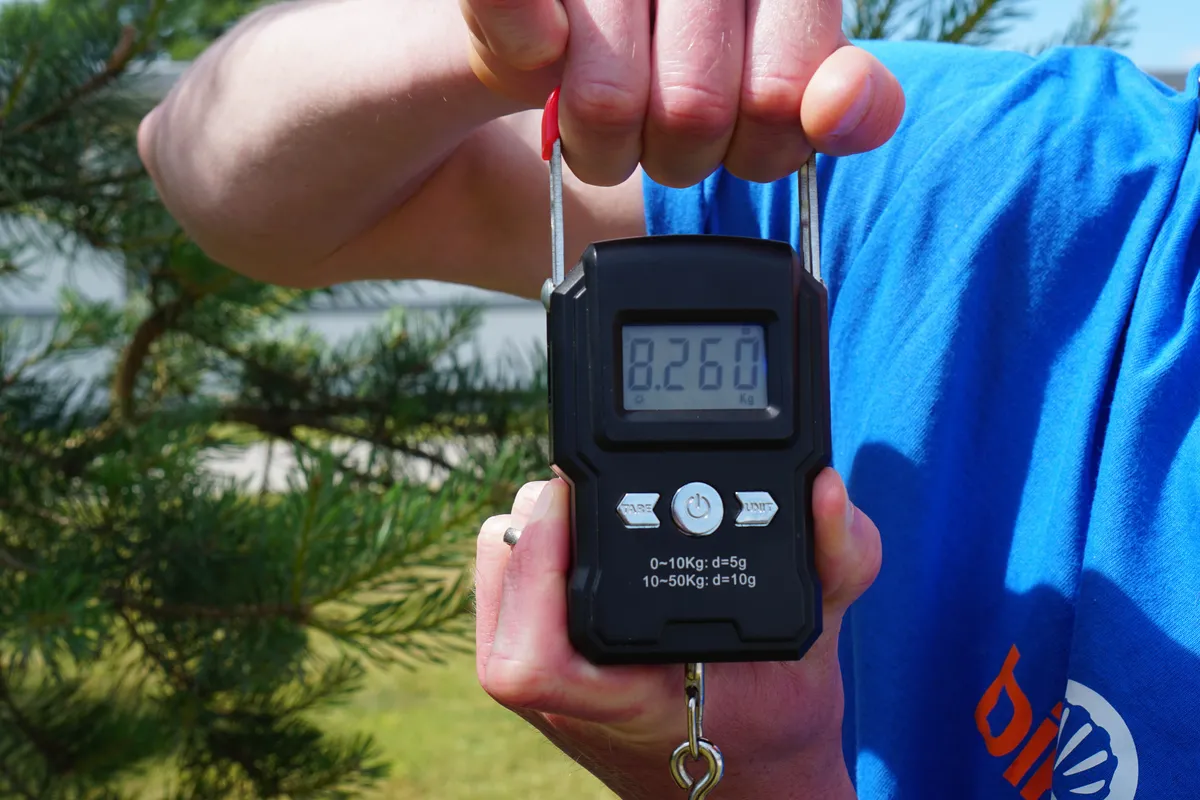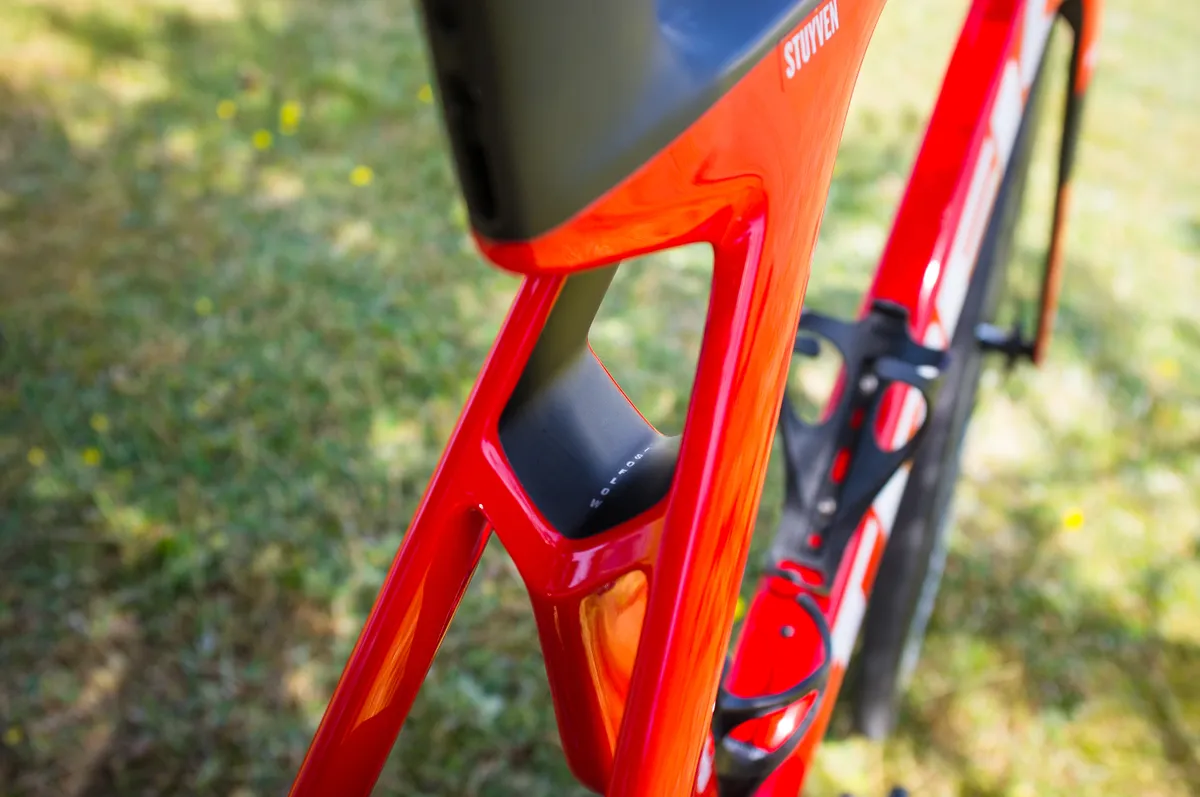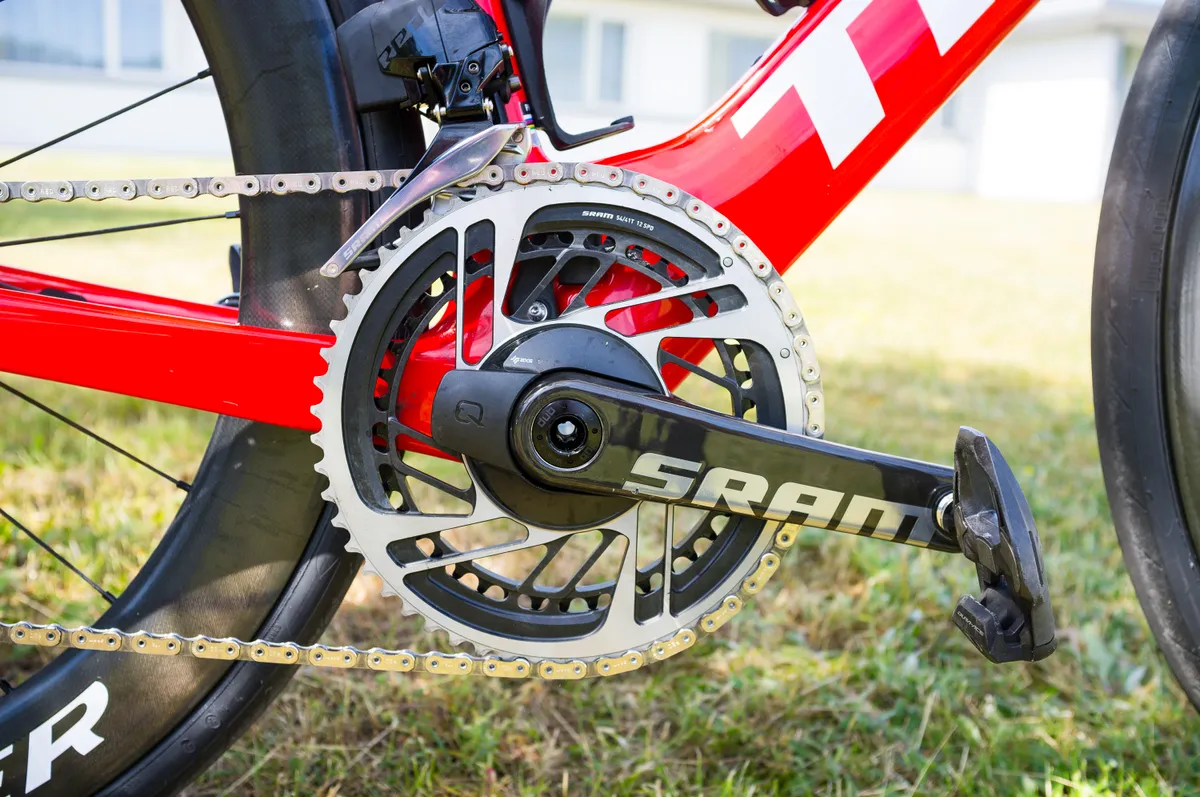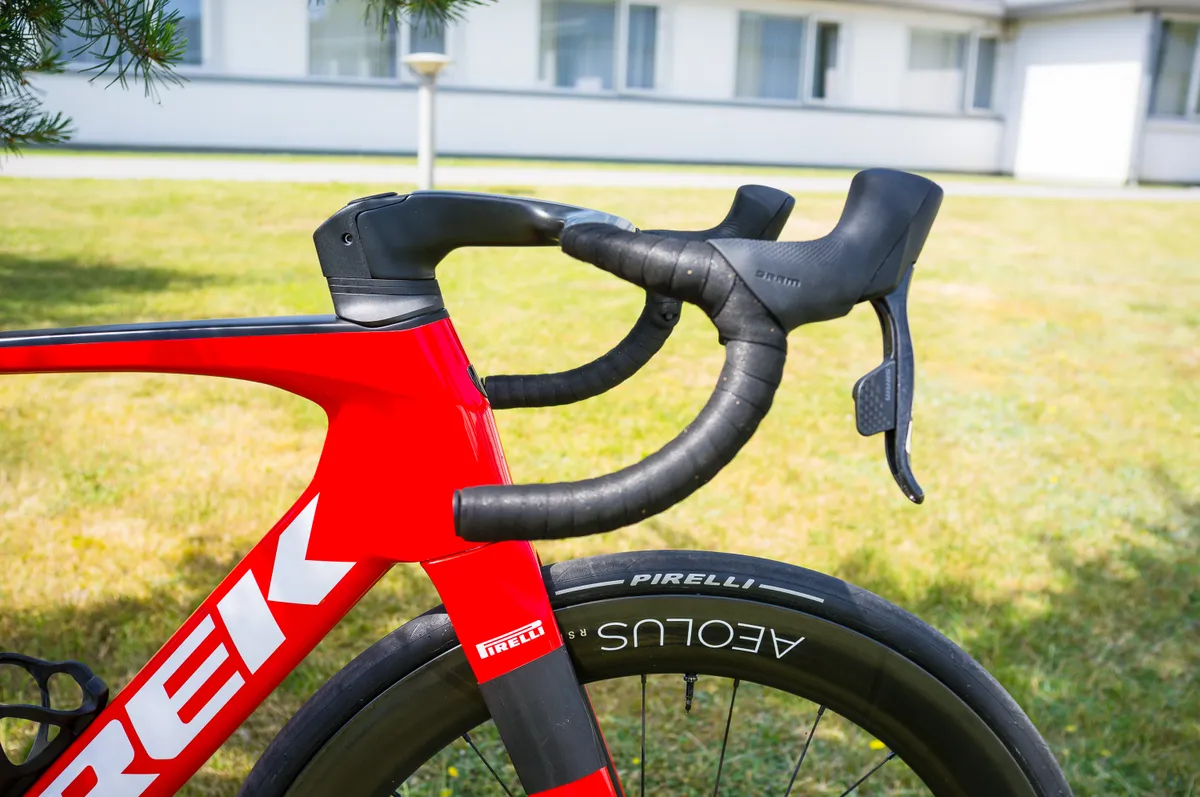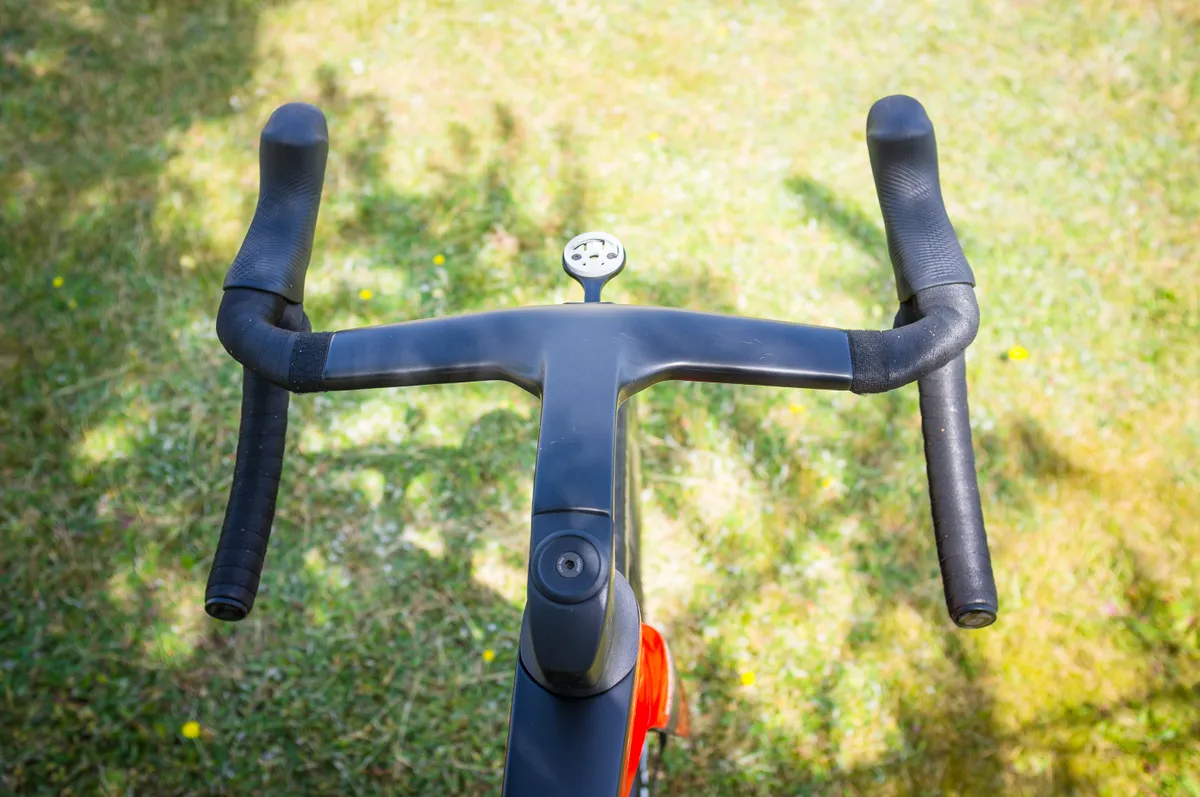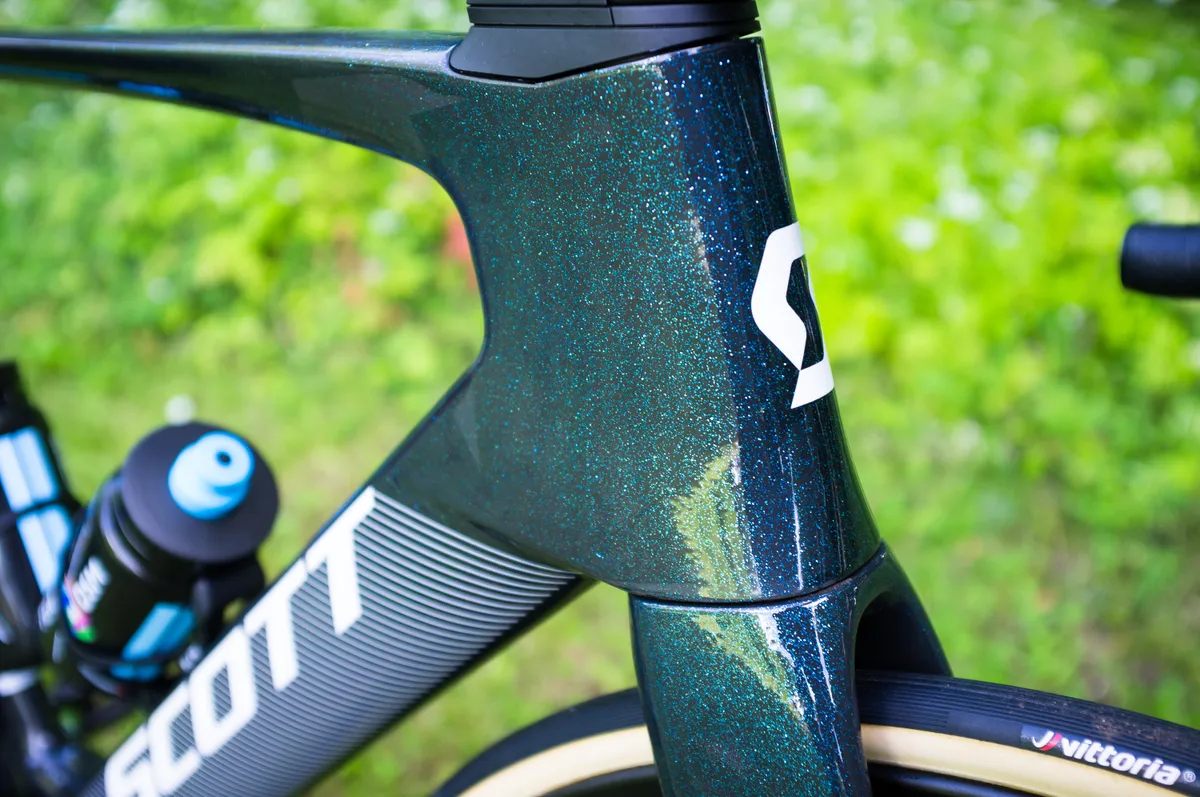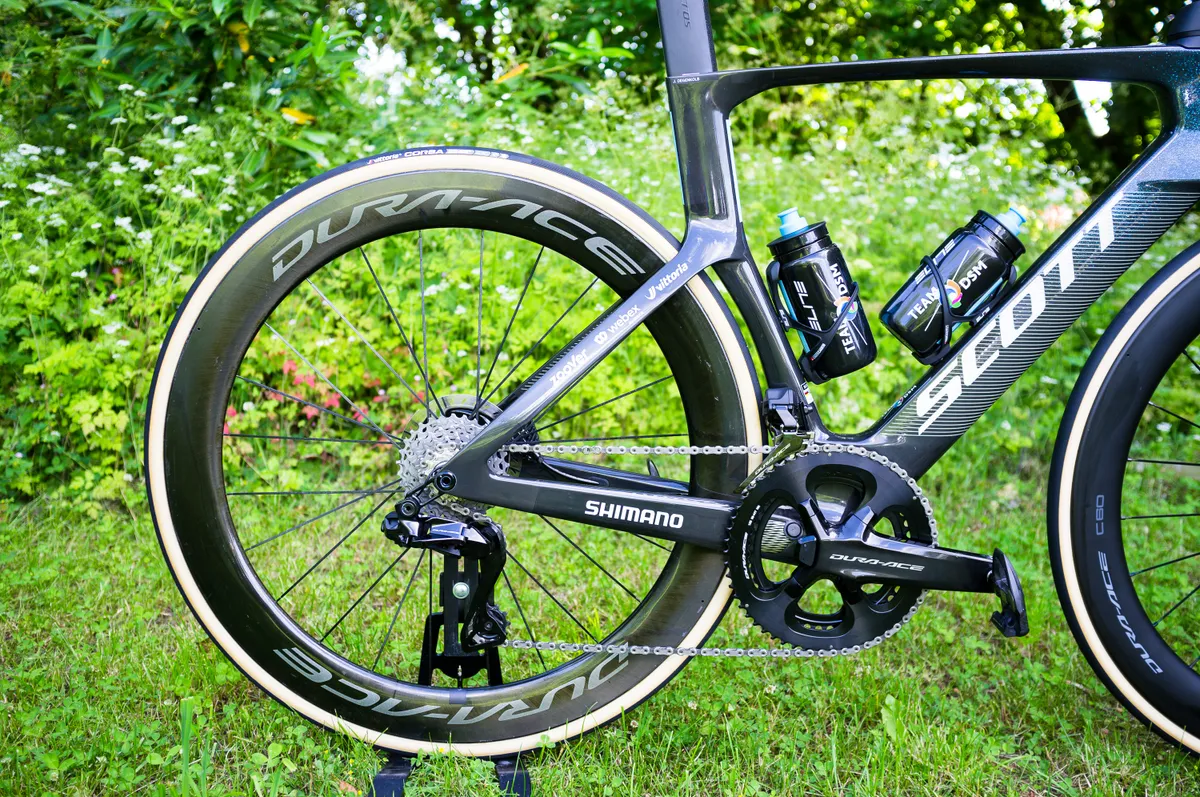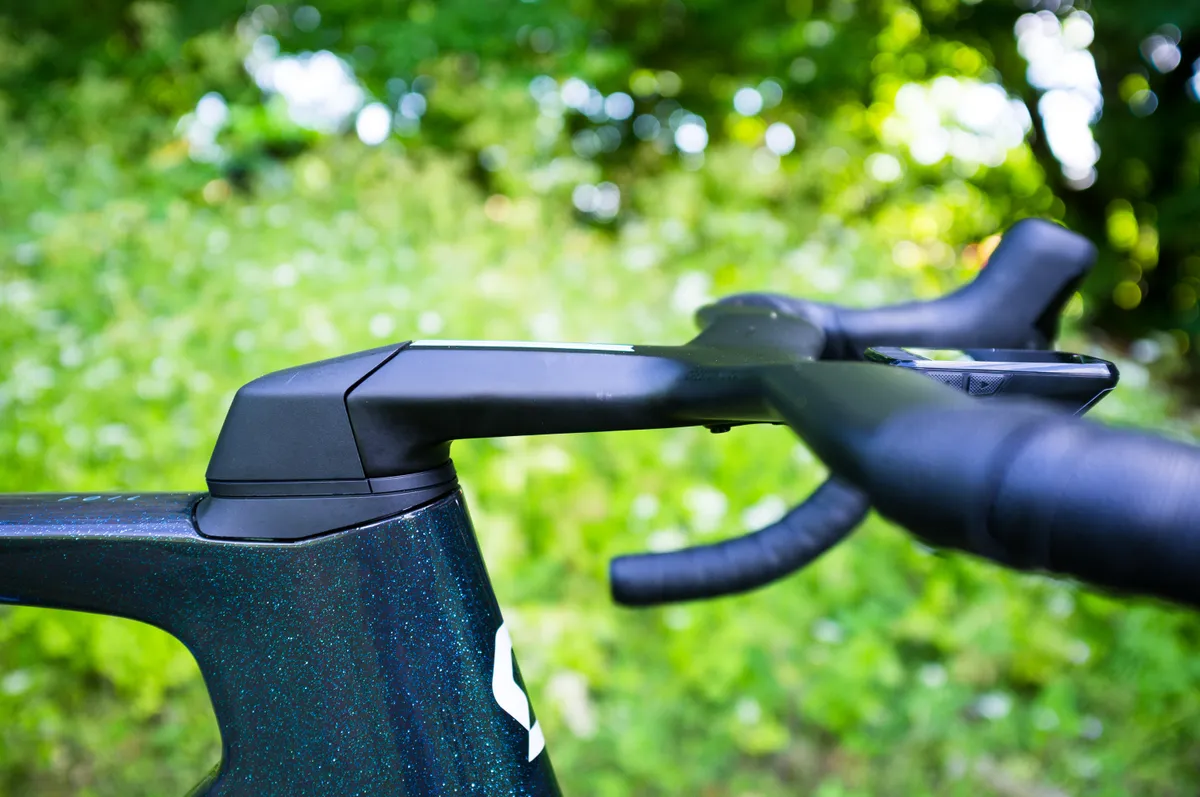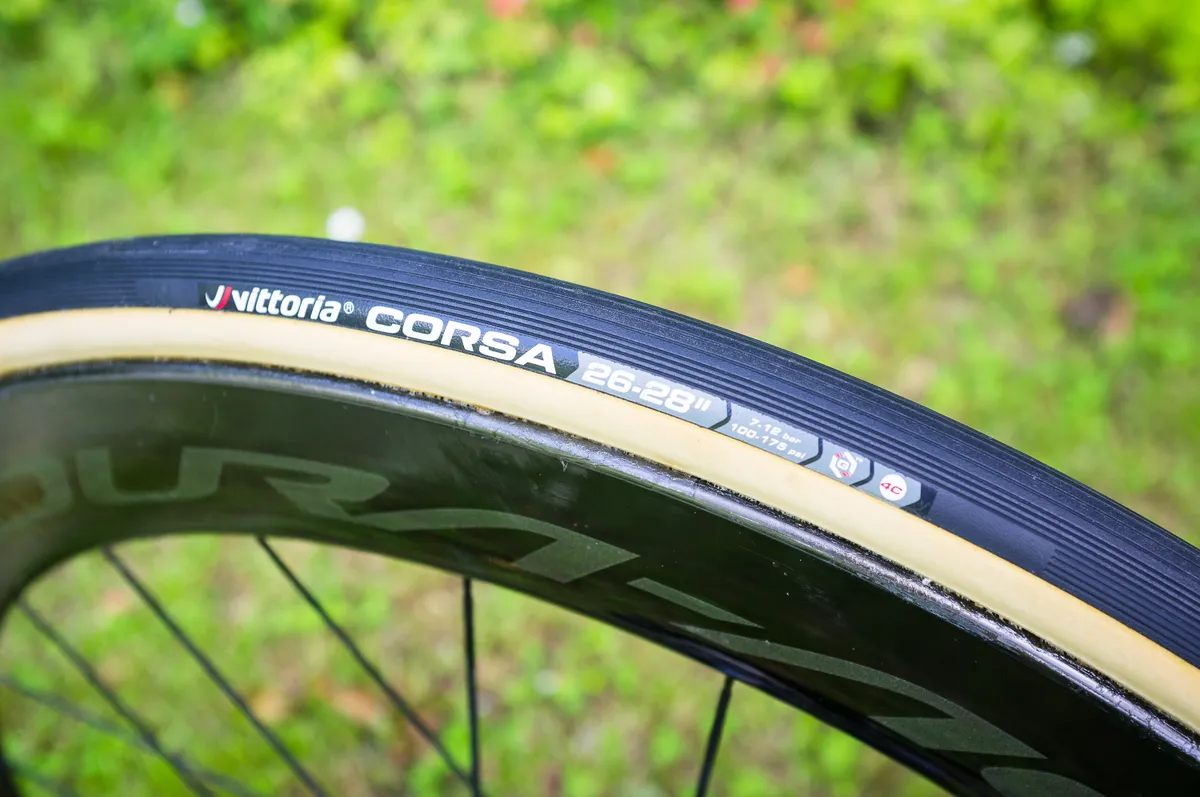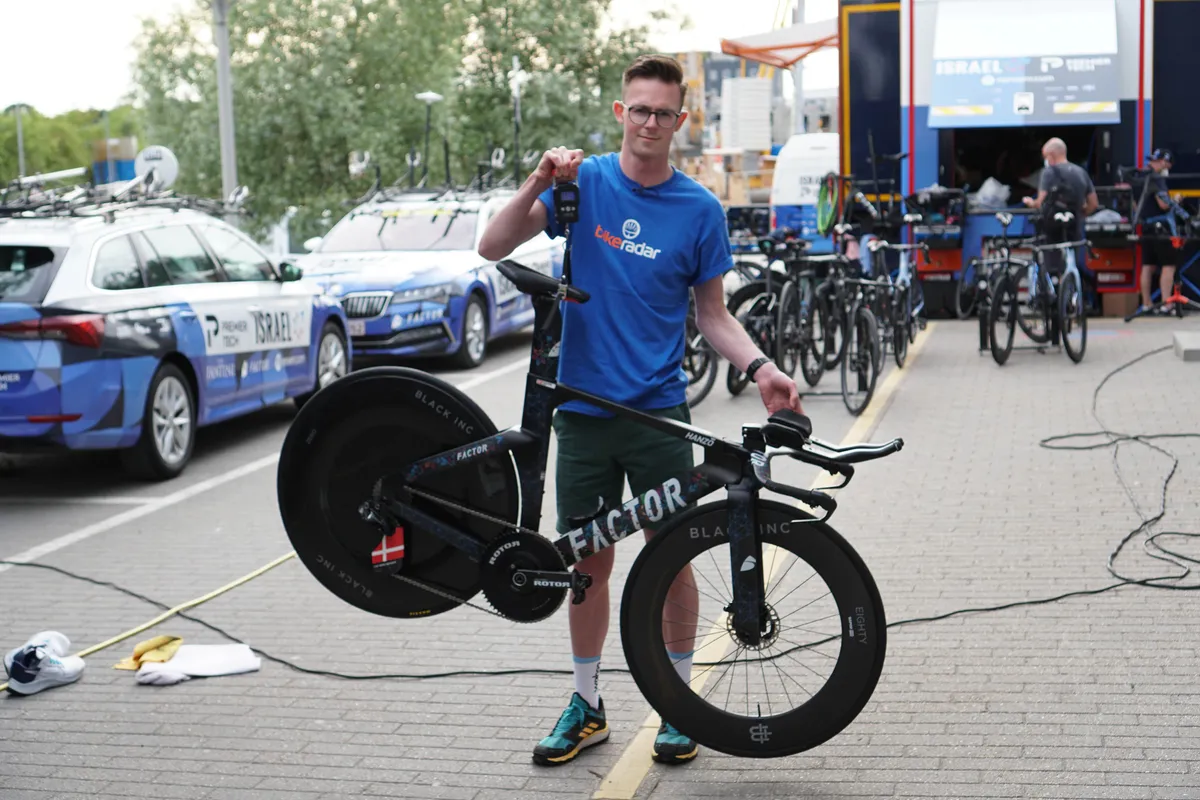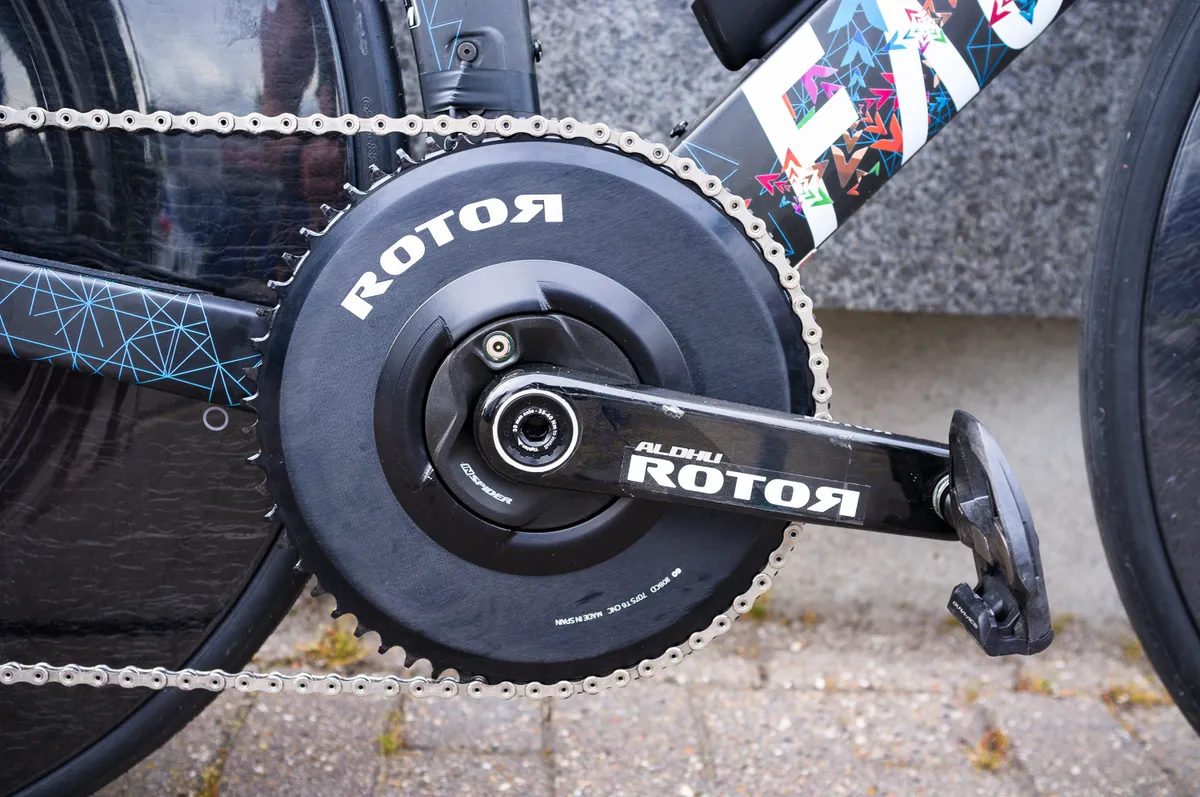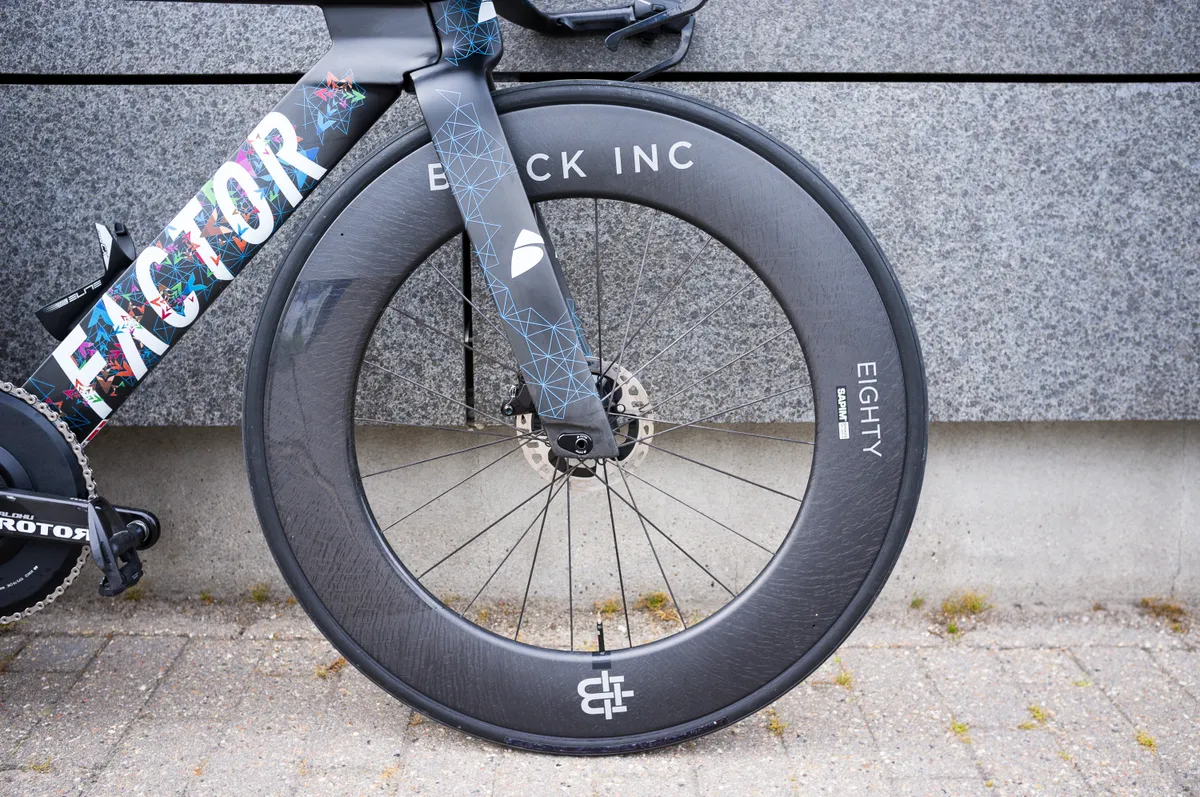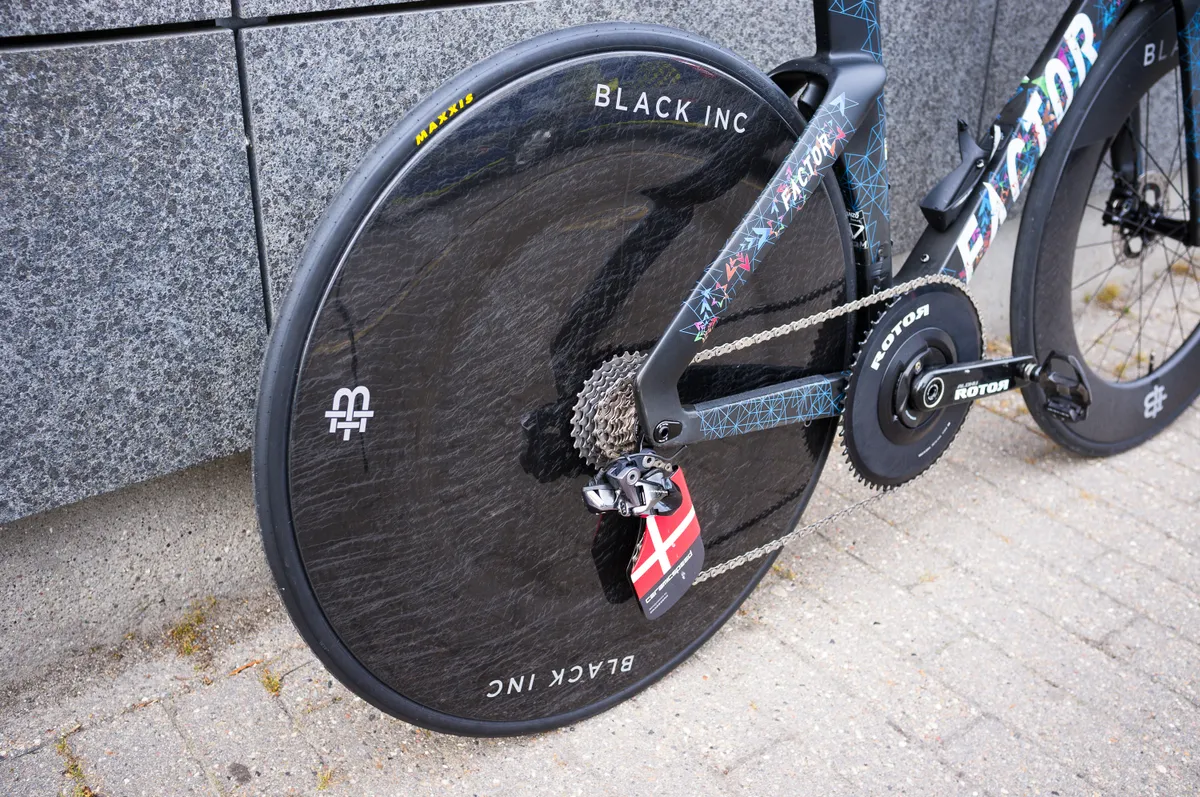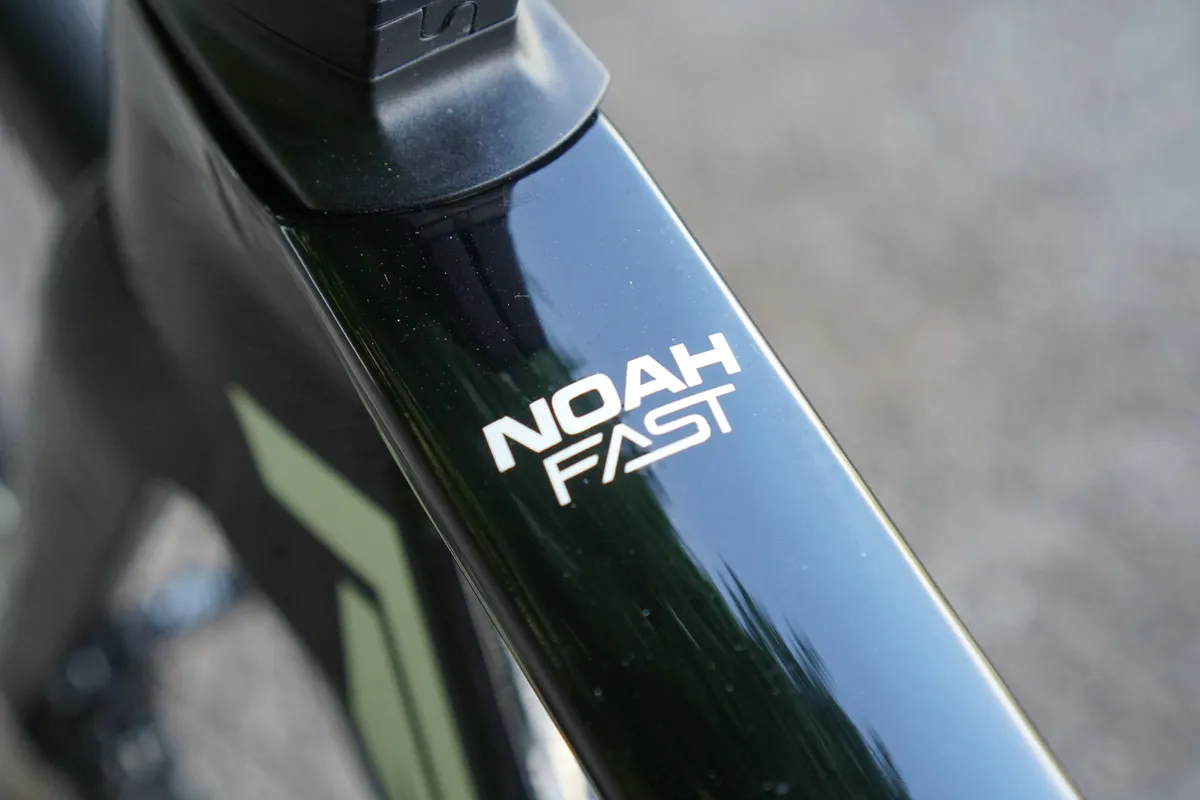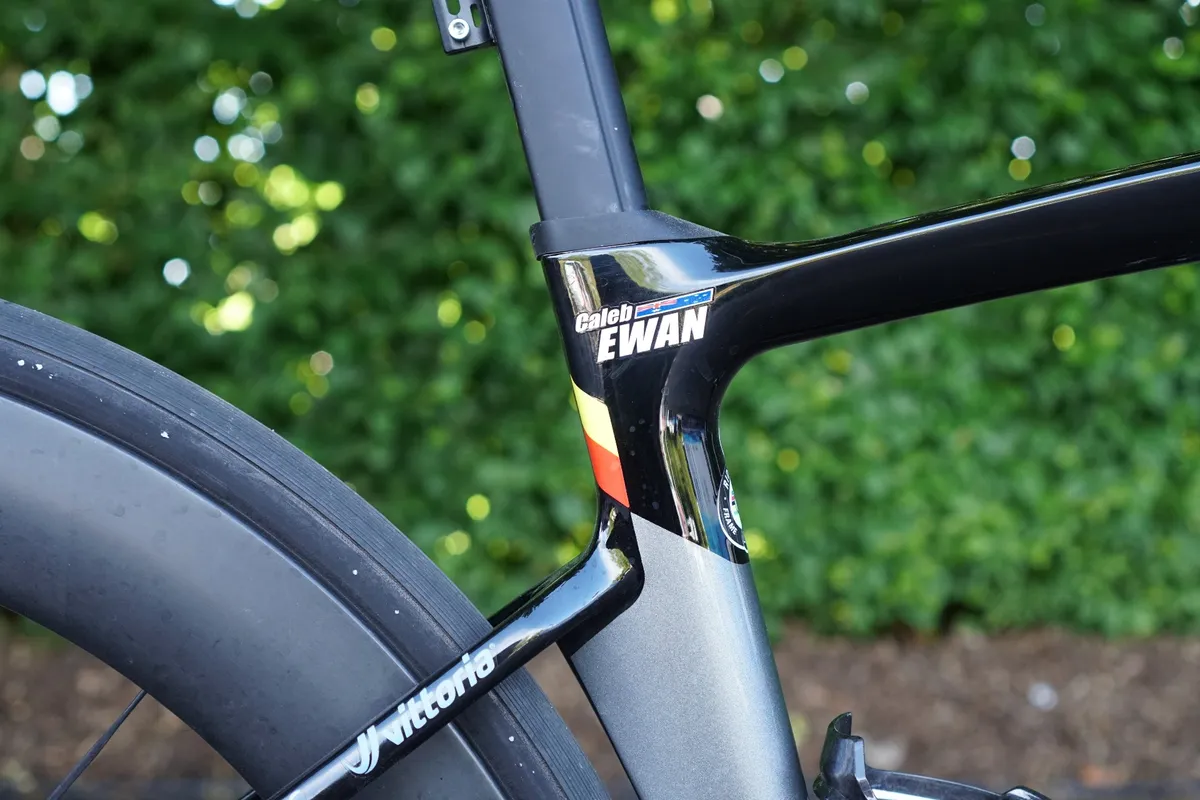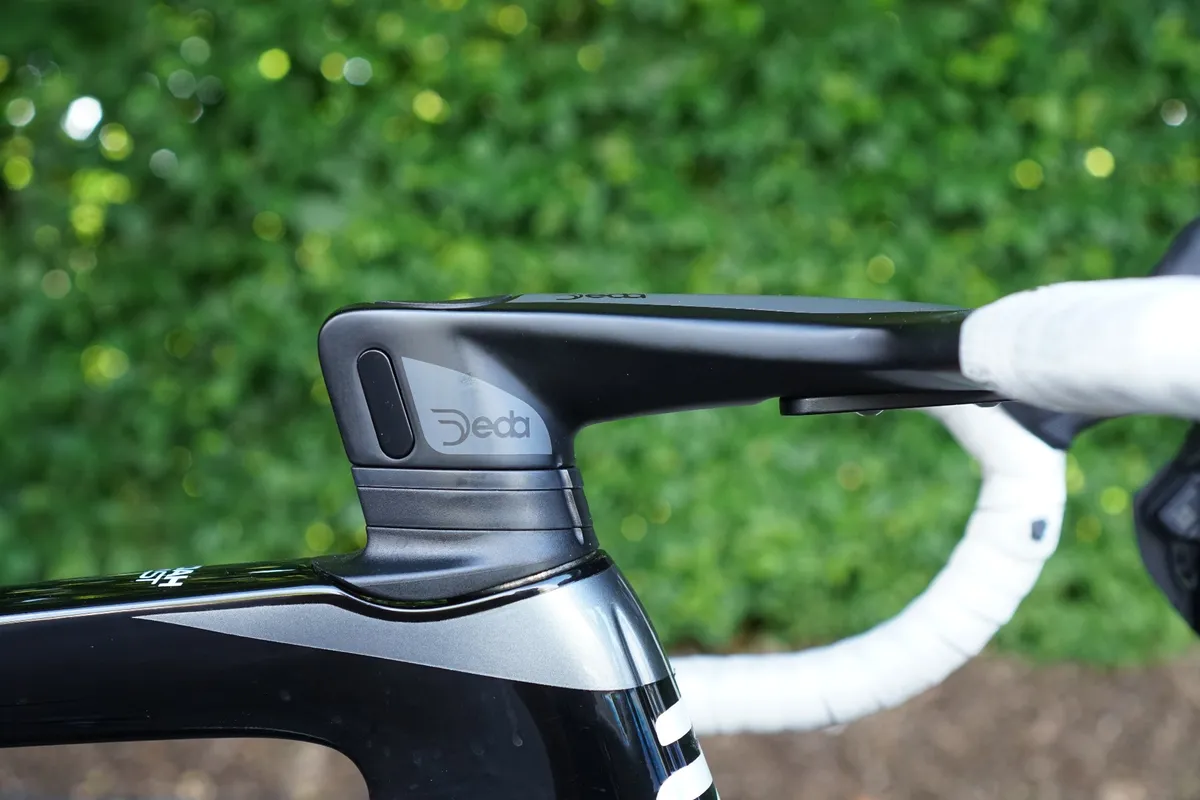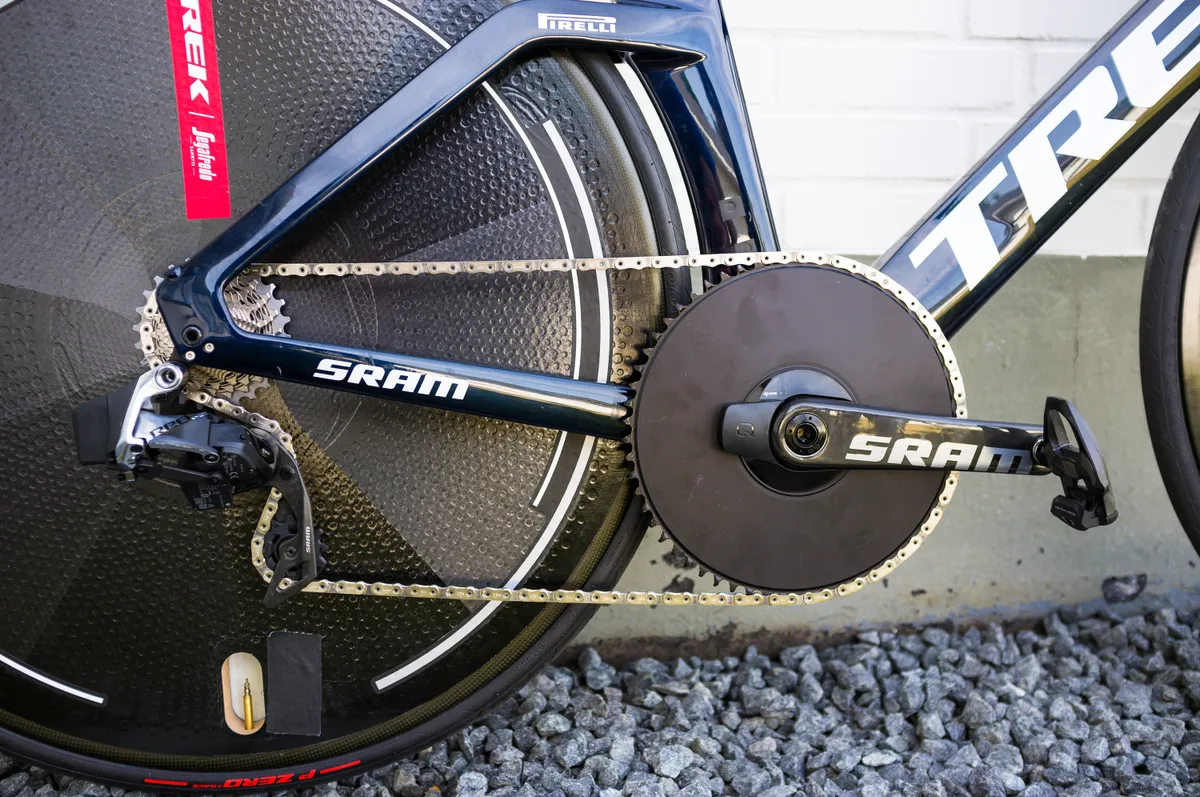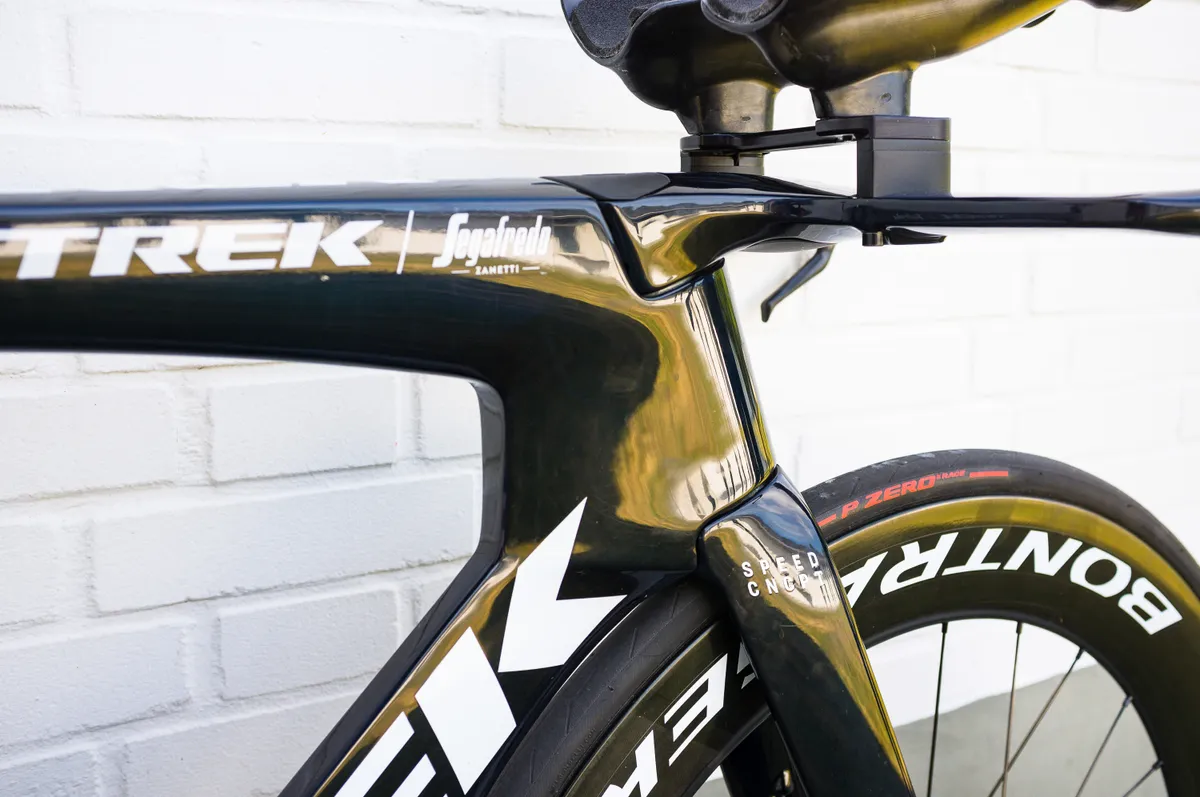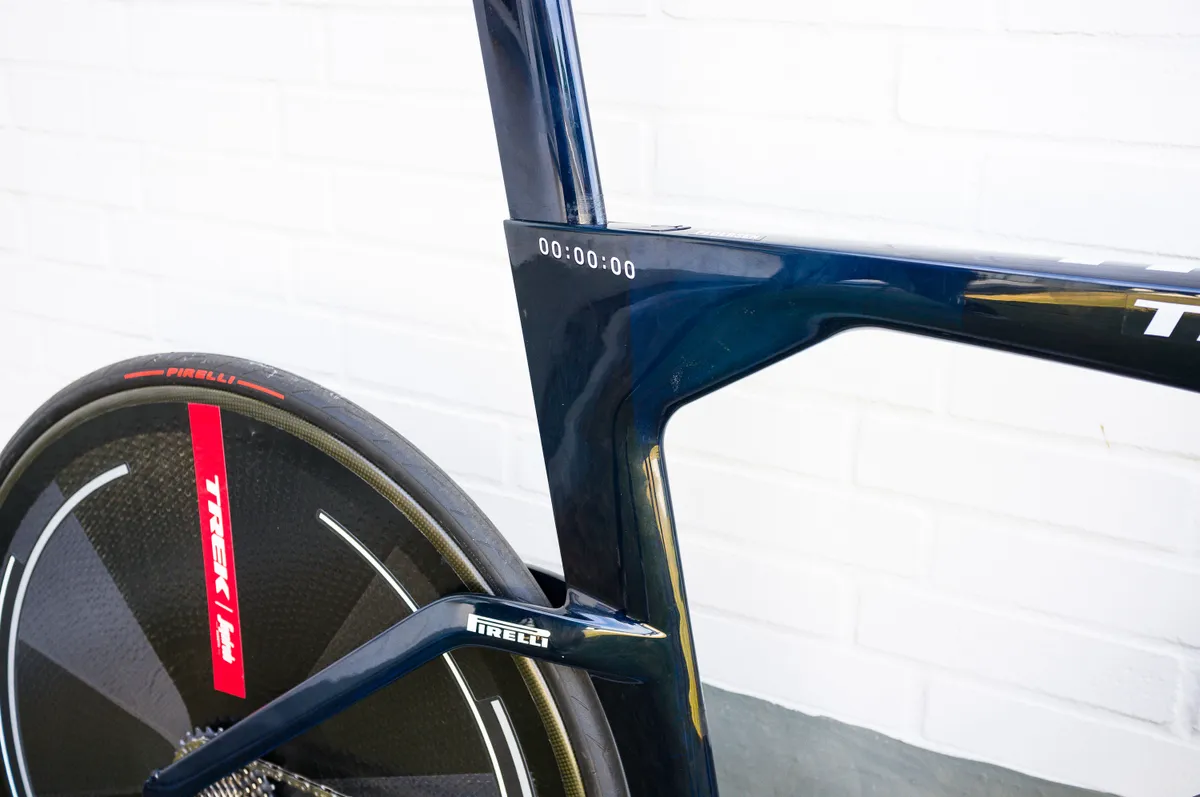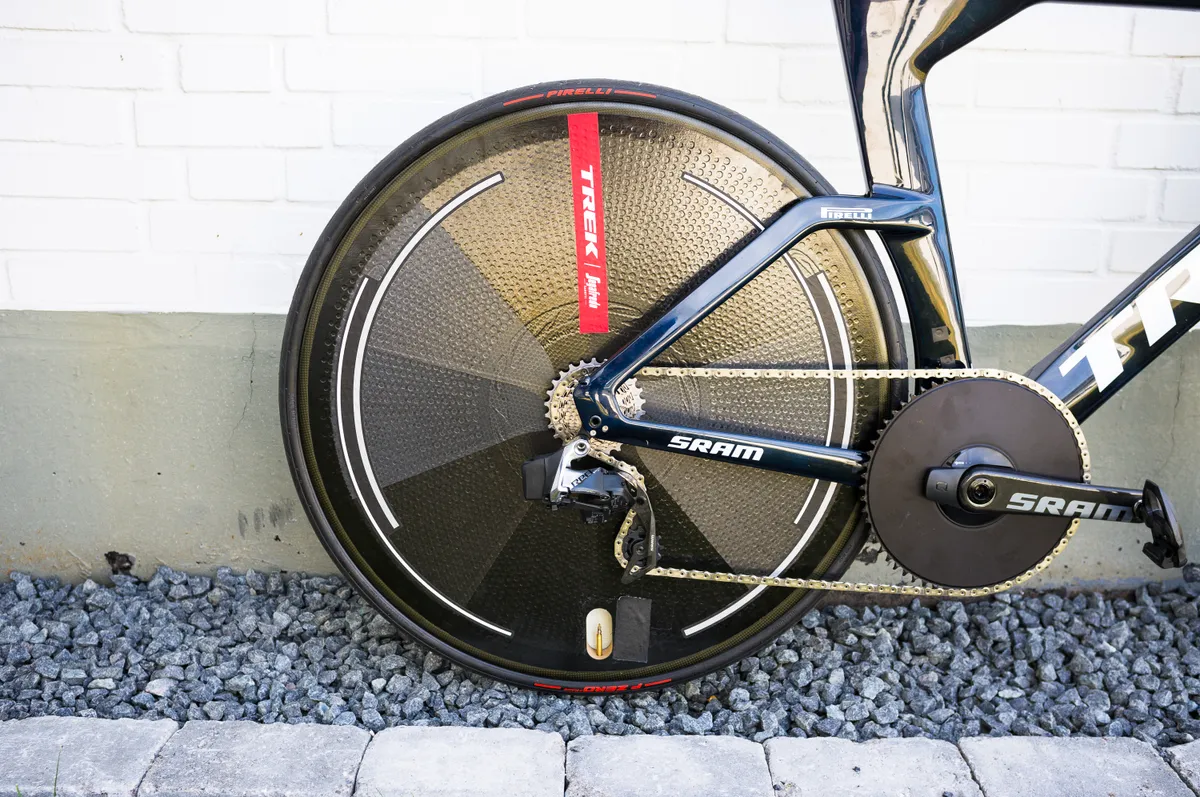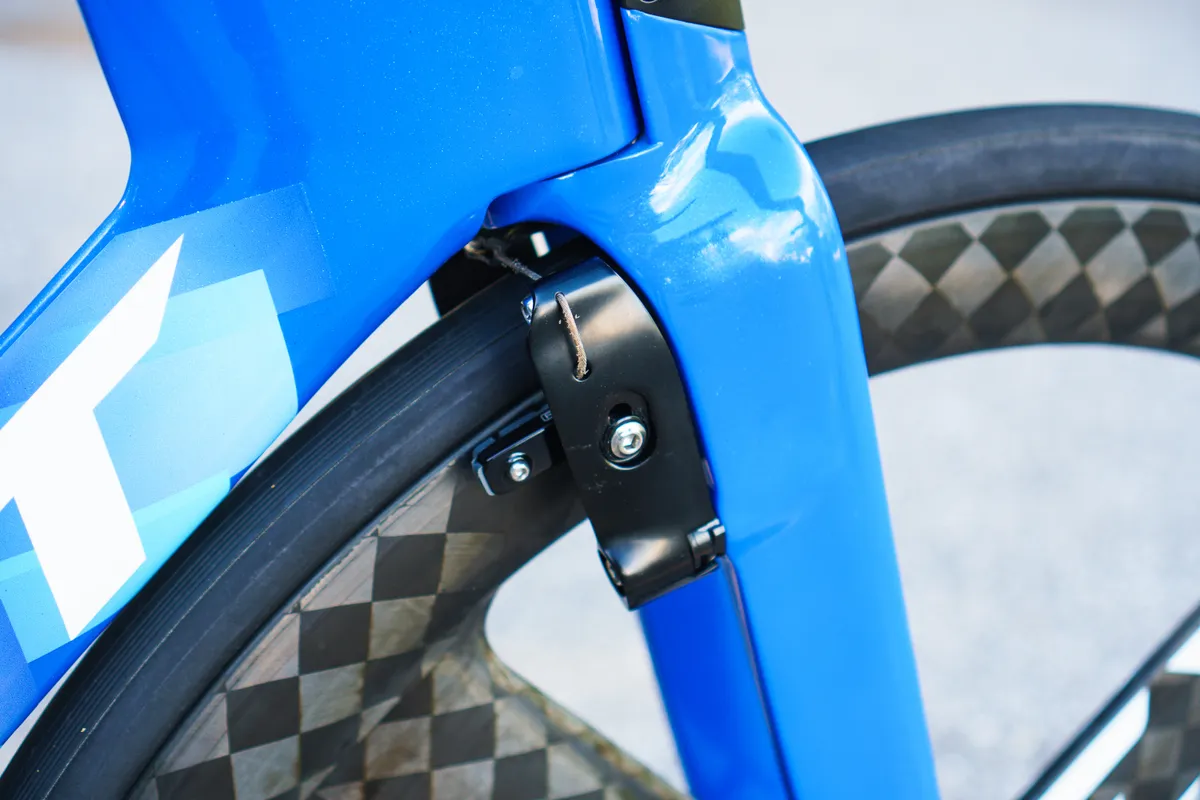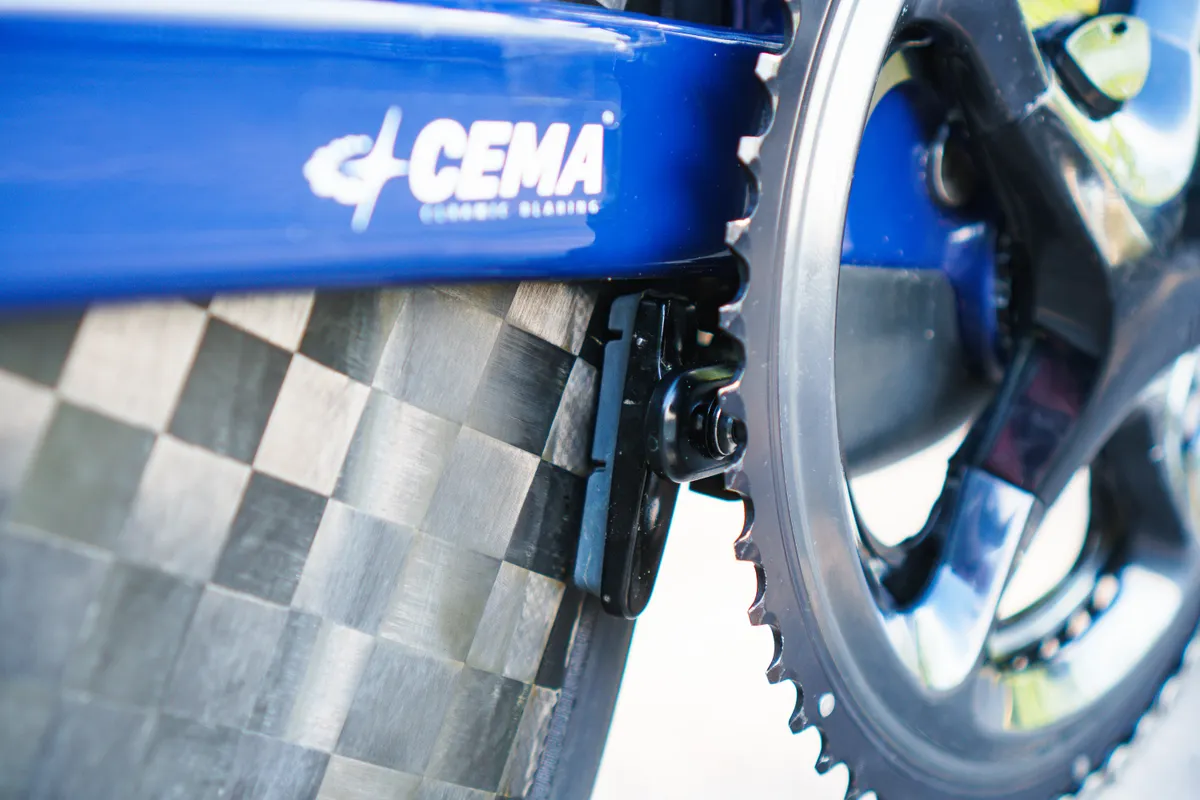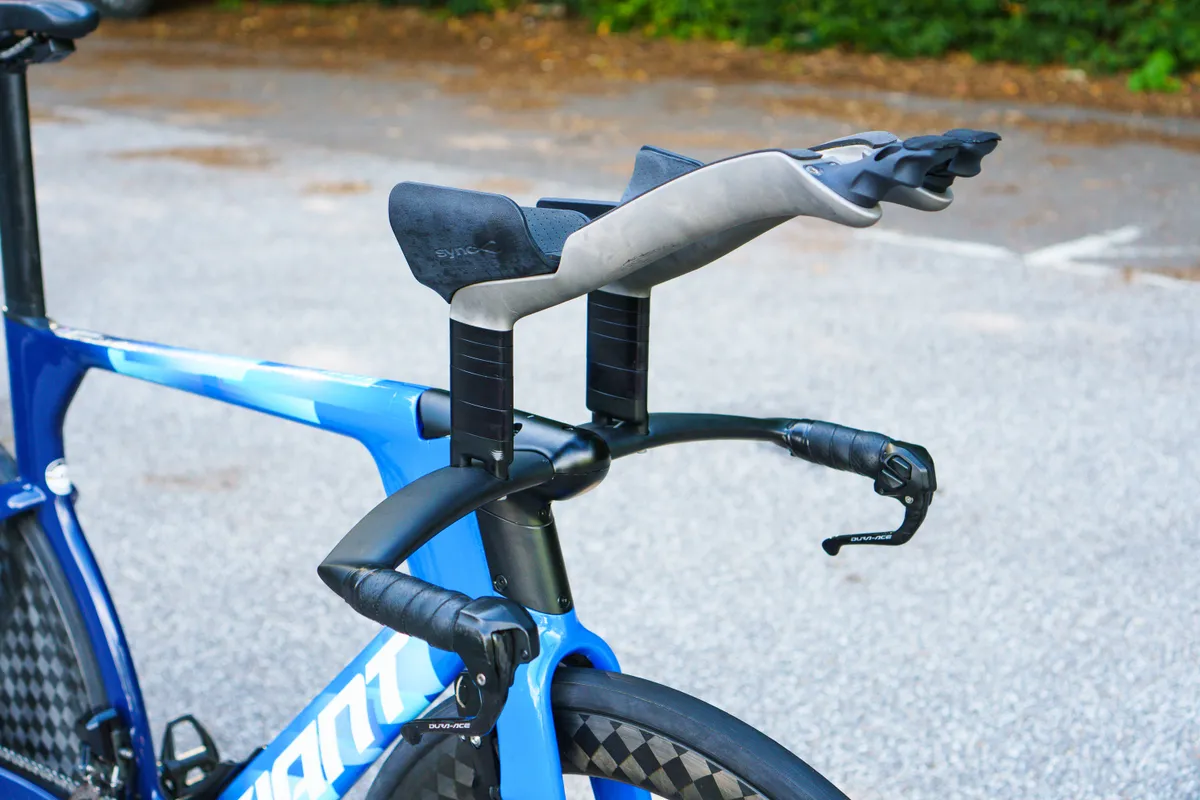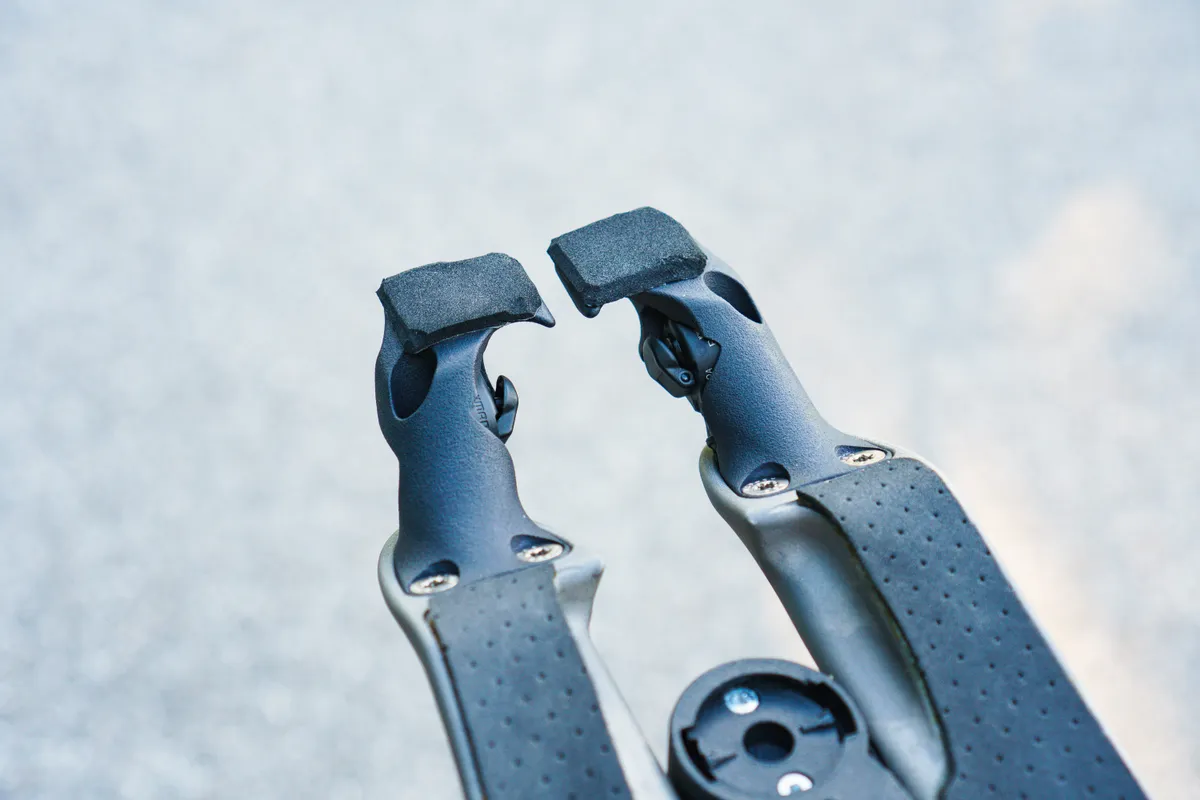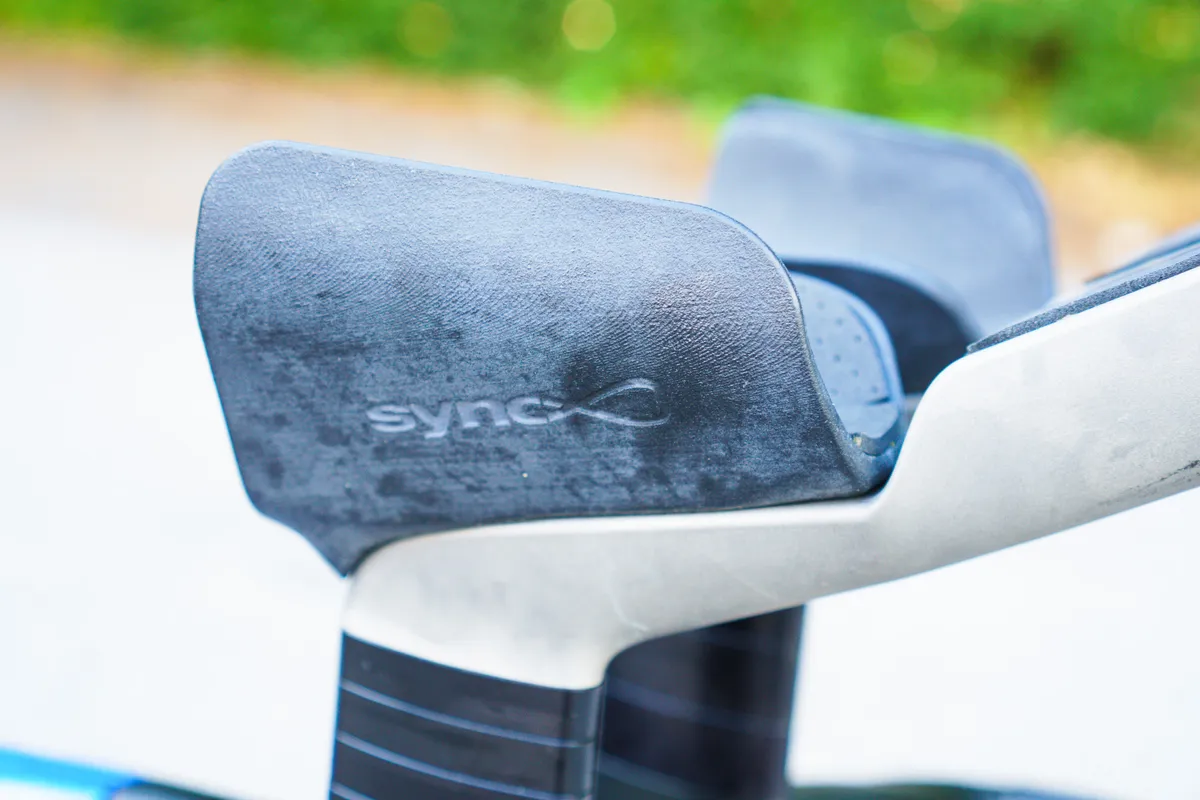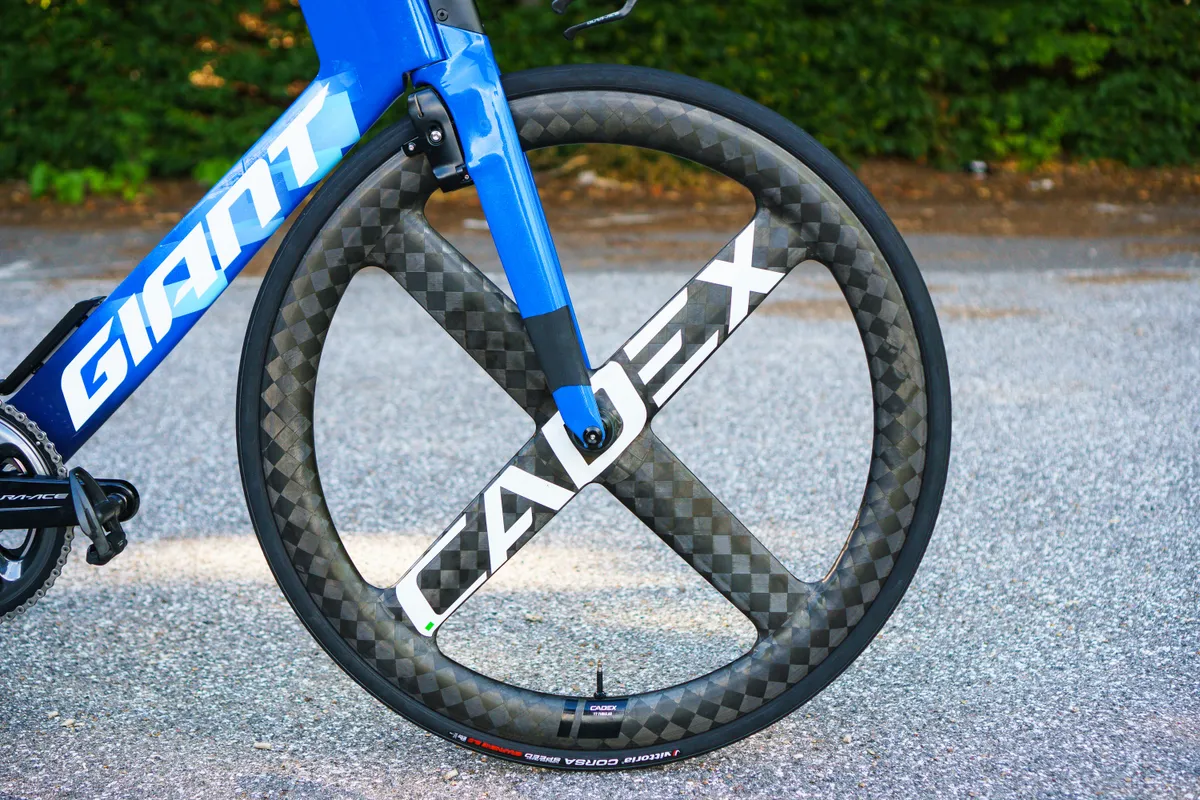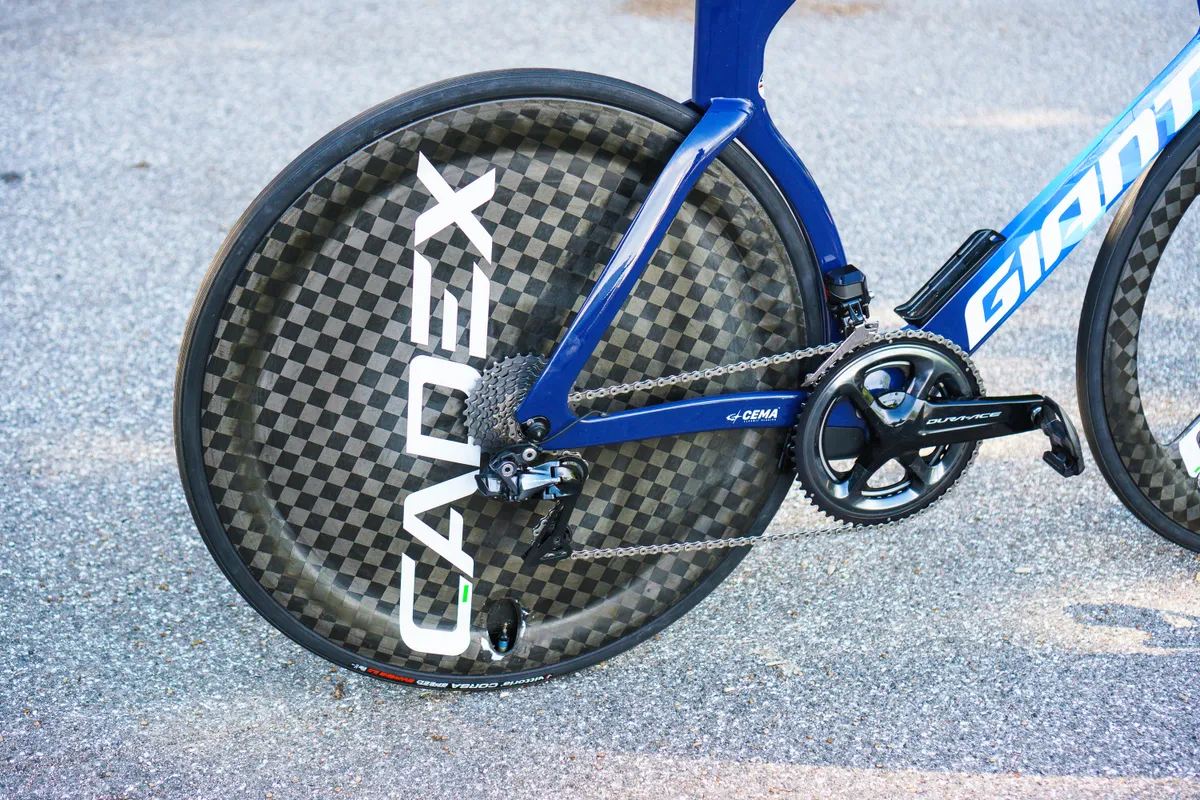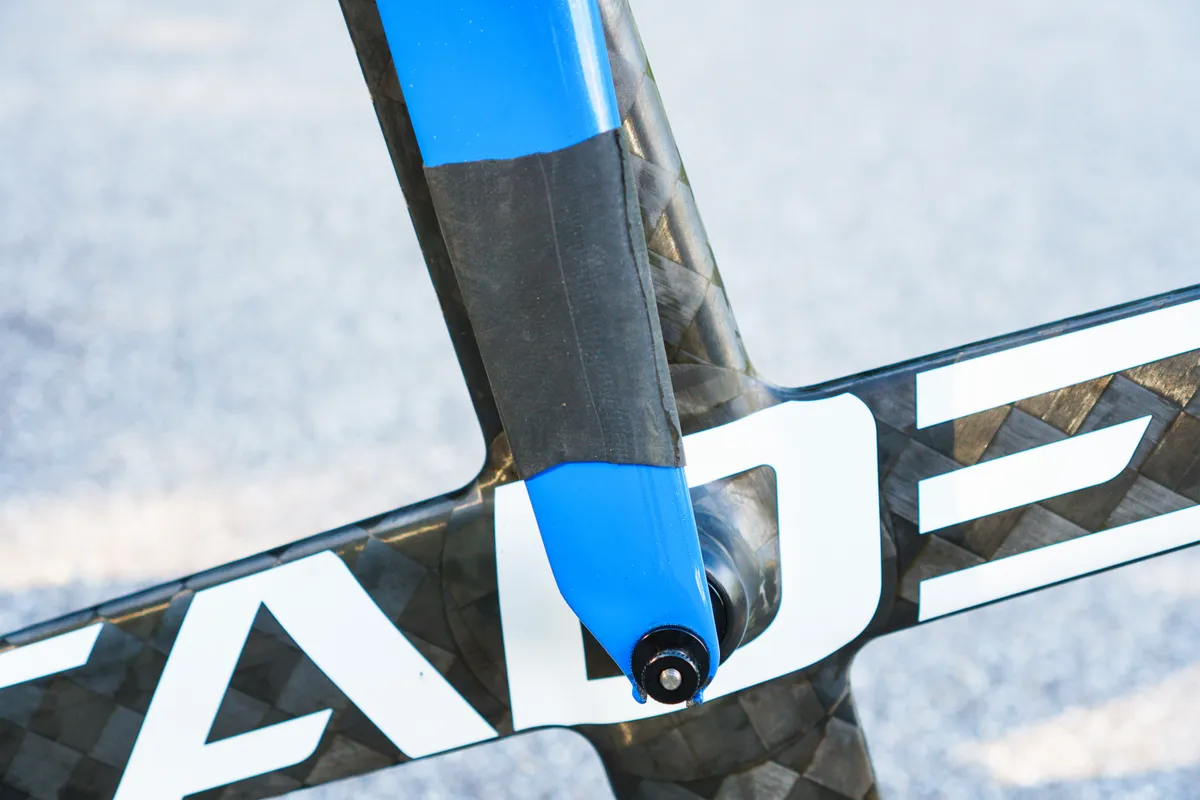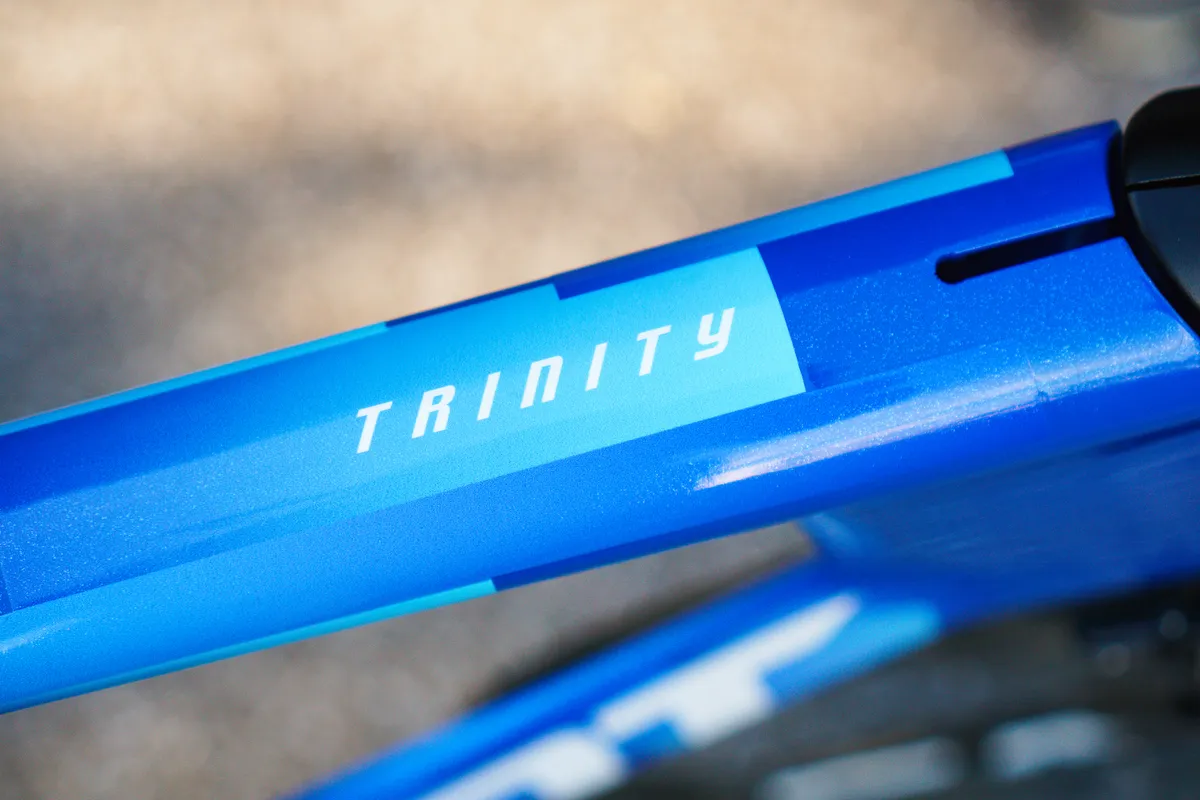We’ve got a secret to tell you: bikes are getting heavier.
Weight weenies had their glory days through the noughties, when top-tier bikes were ever-increasingly focussed on shedding grams.
Remember the likes of the 5.98kg Cervélo R5Ca and its 727g frame? And don't forget the original Trek Emonda, which dipped down to a claimed 690g for the frame when it first arrived ahead of the 2014 Tour de France, with an off-the-shelf complete build that weighed just 4.65kg.
With frames that light, WorldTour team mechanics commonly had to add additional weight to bikes to reach the UCI’s 6.8kg weight limit.
Not any more.
While weight remains a key consideration in bike design, aerodynamics have now come to the fore, and just about every high-end frame designed for racing – including the redesigned Trek Emonda and its sculpted tube profiles – now gives at least a nod to the aero crowd.
Add disc brakes, tubeless tyres and the like, and it’s little surprise that the bikes the world’s best cyclists are riding now, are invariably heavier than a decade ago.
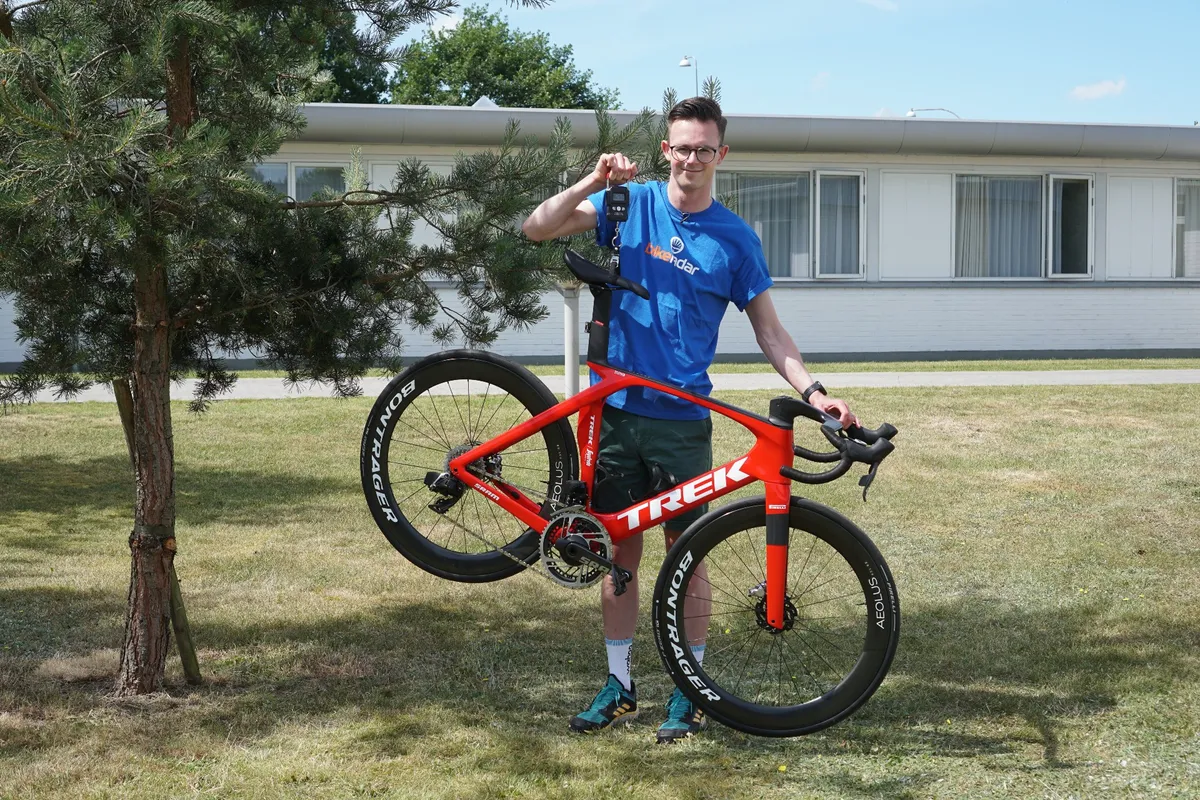
So how much does a complete pro bike weigh in 2022? We got our paws on nine Tour de France bikes and put them on the BikeRadar scales of truth.
First, a caveat: we weighed these bikes at the Grand Départ in Copenhagen, ahead of the first two – flat – road stages, so aero bikes and deep-section wheels were the order of the day. They were weighed ready-to-ride, with pedals and power meters, and, in some cases, bike computers and (empty) bottles. We also weighed a couple of time trial bikes.
While some riders will have remained loyal to a dedicated aero bike through the Tour, they would invariably be in a lighter build, perhaps swapping tubeless tyres for tubulars, and almost certainly ditching deep-sections rims in favour of something shallower, for the mountains.
Other riders will have switched to a lighter bike altogether for the Alps and Pyrenees, if their team’s sponsor had two models to choose from. The Cannondale SuperSix instead the Cannondale SystemSix, for example. Even so, the weight limit remains a challenge in 2022, even when the road ramps up.
Regardless, pro cyclists have never had it better when it comes to tech, and bike racing is faster than ever. While bikes are getting heavier, they're sure not slowing down.
Back to our not-so-secret big secret. Consider this not an exposé on Big Bike’s desire to flog us heavier rides (as our colleagues at CyclingTips reported, it is still possible – if rare – to hit the UCI's 6.8kg weight limit with a semi-aero frame), but an insight into the equipment being used today in cycling’s greatest race.
Jasper Stuyven’s Trek Madone SLR – 8.26kg
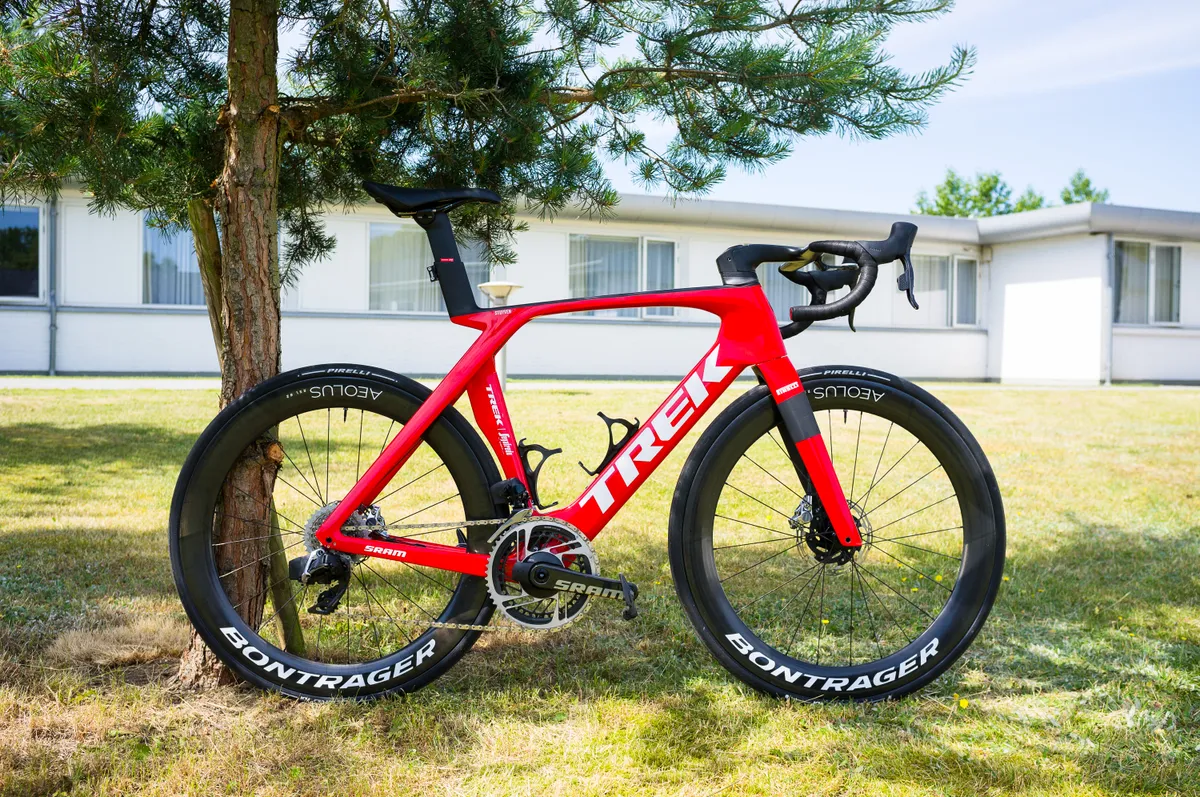
Okay, let’s start with one of the newest bikes in the pro peloton: the Trek Madone SLR (the one with the hole in the seat tube).
The Madone was repositioned as Trek’s aero road bike in 2015 and this latest model was launched on the eve of the Tour alongside claims of reduced weight (300g lighter than the outgoing Madone, apparently) and improved aerodynamics (60 seconds faster per hour, according to Trek).
This is Jasper Stuyven’s Madone SLR, launched off the front of the peloton on the cobbles of stage five, alongside Tadej Pogačar, in a brave but ultimately fruitless attempt to bridge to the break, which contained eventual stage winner, Simon Clarke.
Equipped with a SRAM Red eTap AXS groupset (with 54-41t chainrings), 62mm-deep Bontrager Aeolus RSL 62 TLR Disc wheels and plump Pirelli P-Zero Race TLR tubeless tyres (with a stated 28mm width but inflating – to our eye – closer to 30mm on the 23mm-wide Bontrager rims), Stuyven’s bike comes in at 8.26kg.
John Degenkolb’s Scott Foil RC – 7.71kg
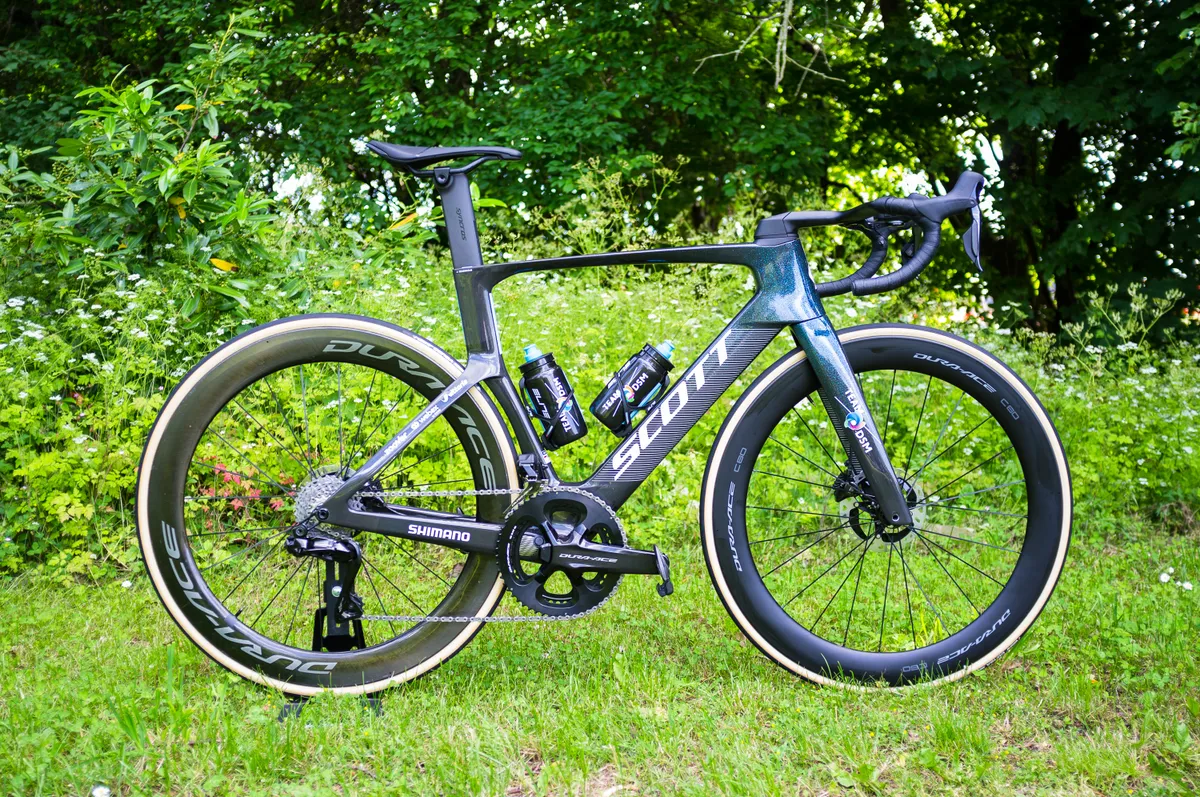
Here’s another new aero road bike at the Tour de France: John Degenkolb’s Scott Foil RC.
Over the years, the Foil has played a key part in the adoption of aero bikes in the pro peloton, with Mat Hayman riding the previous rim brake model to victory at Paris-Roubaix in 2016.
The new Scott Foil RC, launched in June, pairs a claimed 915g frame weight with a 16-watt drag reduction at 40km/h, with Scott working closely with aero expert Simon Smart of Drag2Zero to develop the new frame.
Scott also offers Team DSM riders the weight-focussed Addict RC – though, as a fast man with stage wins in all three Grand Tours, and two Monument victories to his name at Paris-Roubaix and Milan-San Remo, the Foil matches Degenkolb’s penchant for speed.
With a Shimano Dura-Ace Di2 R9200 12-speed groupset, Dura-Ace C60 wheels – the front from the new groupset, the rear from the old R9100 groupset – and 26mm Vittoria Corsa tubular tyres, Degenkolb’s Foil RC weighs 7.71kg.
Taco van der Hoorn’s Cube Litening C:68X TE – 7.87kg
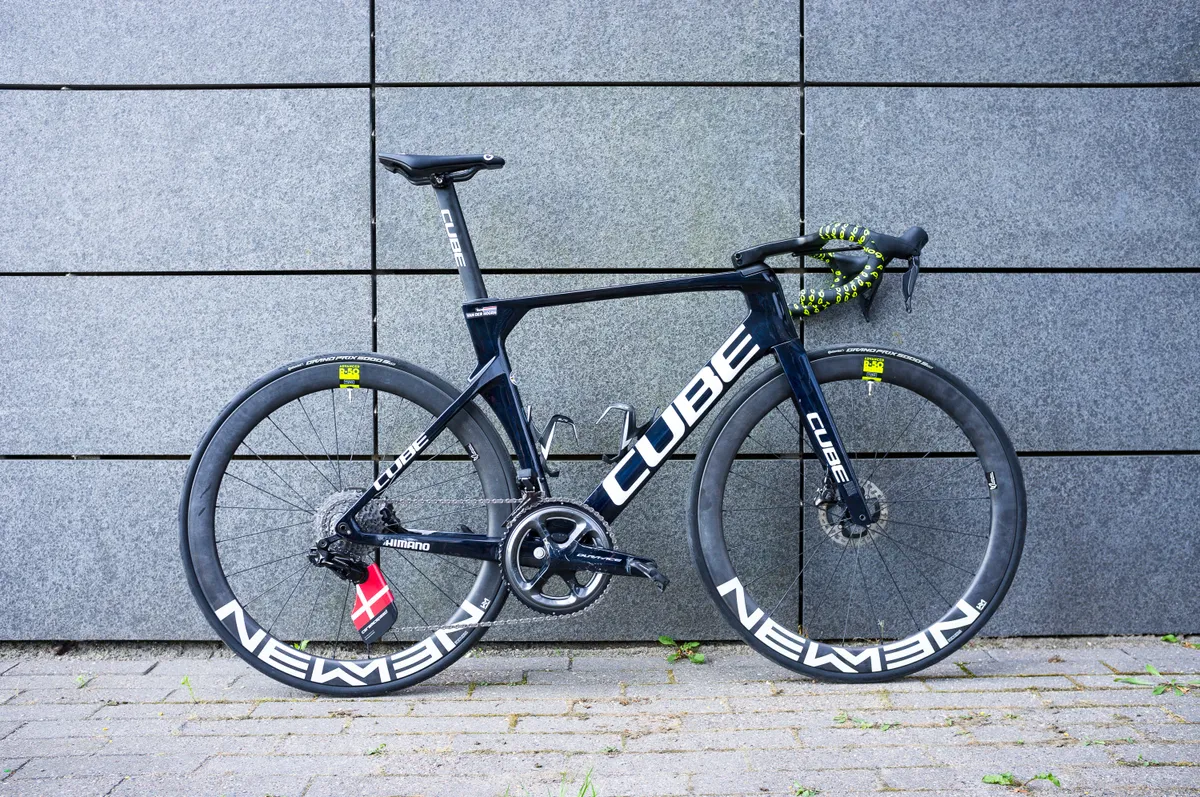
Taco van der Hoorn’s Cube Litening C:68X TE is one of the most interesting bikes in the pro peloton.
The breakaway specialist is an aero fanatic and that’s reflected in van der Hoorn’s setup, with a chasm-like saddle-to-bar drop and aggressively turned-in hoods, which measure just 30cm across. (We’ve covered van der Hoorn’s Tour setup in a separate article).
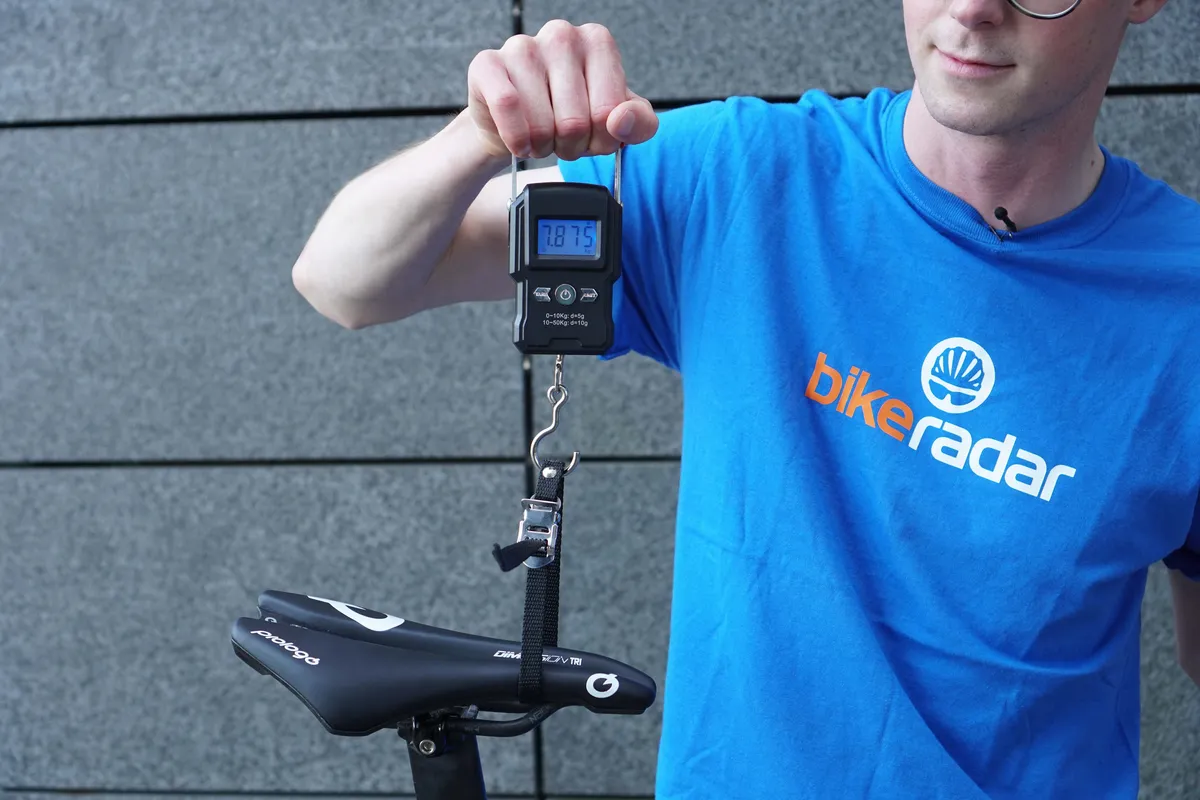
As for weight, the Dutch rider’s bike comes in at 7.87kg.
That's with a Dura-Ace R9200 groupset (save for the 11-speed R9100 crankset and power meter), CeramicSpeed’s OSPW Aero system, 50mm-deep Newmen Advanced SL R.50 Streem wheels and Continental GP5000 S TR tubeless tyres.
Alberto Bettiol’s Cannondale SystemSix Hi-Mod – 8.16kg
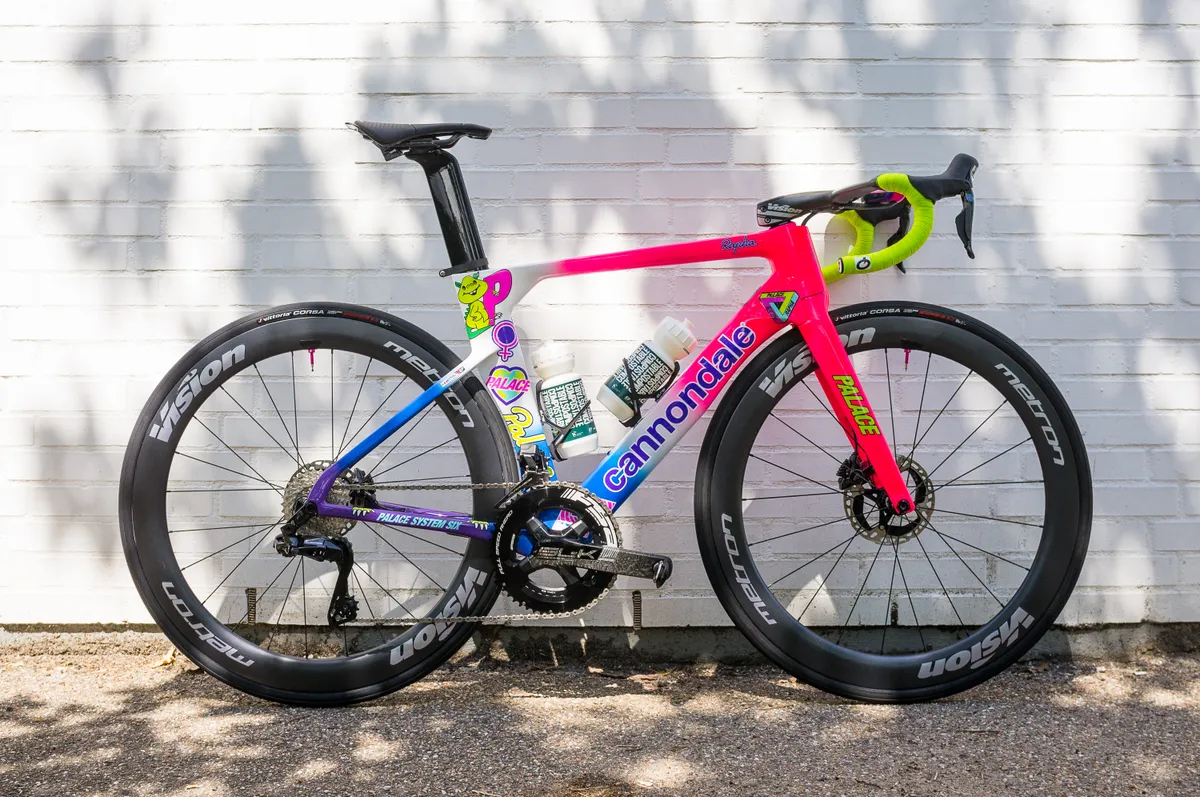
You may have already spotted Alberto Bettiol’s Cannondale SystemSix Hi-Mod on BikeRadar.
With the latest Rapha x Palace design, it’s a bike we had to take a closer look at.
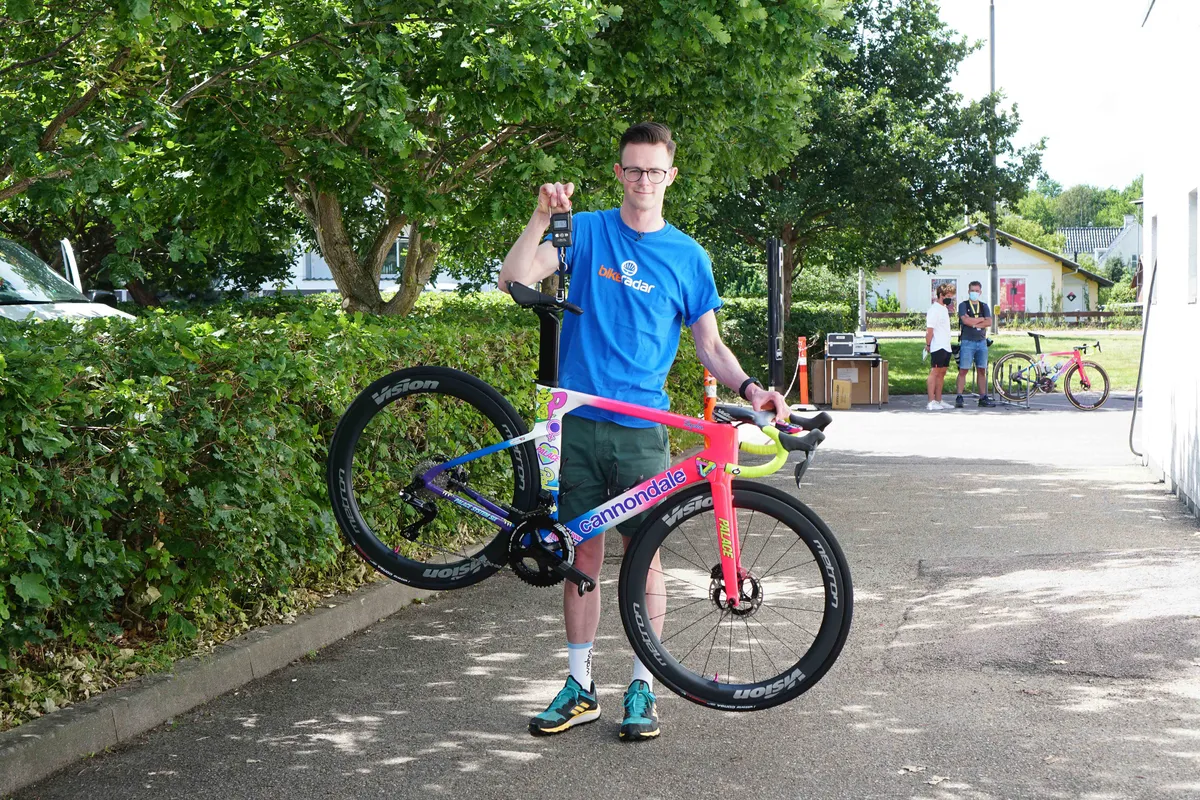
With both the SystemSix and lighter SuperSix at his disposal, this is Bettiol’s bike for fast, flat stages, and that’s reflected in the build we’ve pictured.
Deep tubes, deep wheels and a generous coat of paint add to a complete bike weight of 8.16kg.

Jakob Fuglsang’s Factor Hanzo – 8.97kg
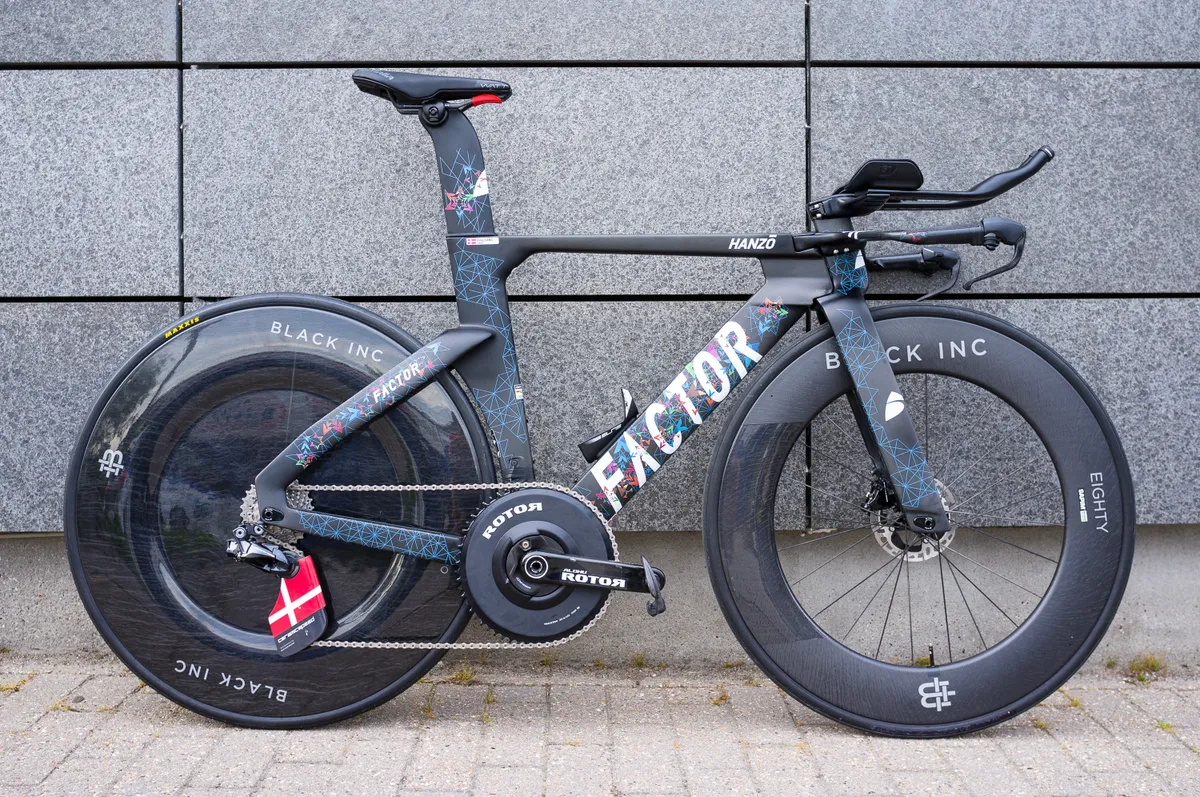
Next up, a time trial bike: Jakob Fuglsang’s Factor Hanzo, weighed ahead of the opening stage in Copenhagen, Denmark.
As Factor’s new TT machine, the Hanzo was first used by Israel-PremierTech at the 2021 Giro d’Italia and went into full production earlier this year. Alex Dowsett also used a track-adapted version of the Hanzo for his Hour Record attempt in November.
The stand-out feature of the Hanzo is the unique fork arrangement, whereby the fork extends through the time trial base bar, contributing to a super-narrow and elongated head tube.
With deep tube profiles throughout, as well as complex handlebars, bigger chainrings and disc wheels, time trial bikes will always be heavier than road bikes.
Fuglsang’s Hanzo registers at 8.97kg.
Caleb Ewan’s Ridley Noah Fast Disc – 7.80kg
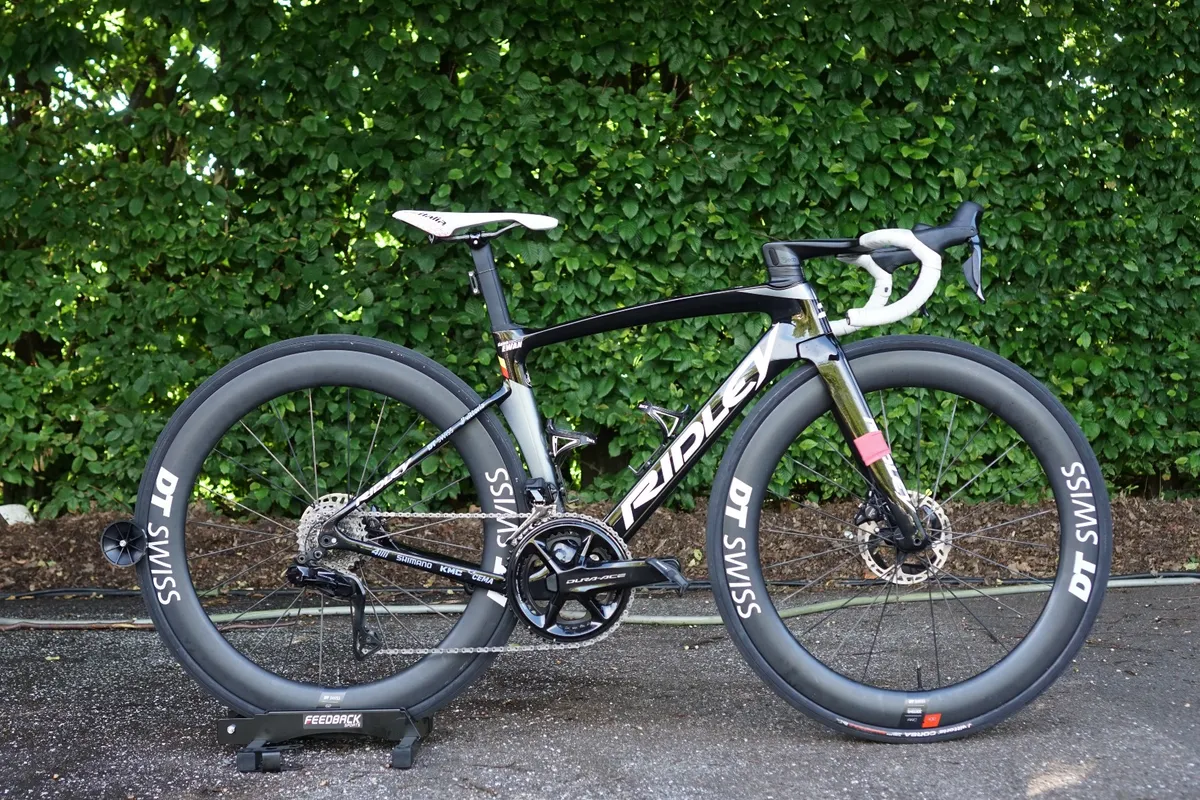
Caleb Ewan arrived at the 2022 Tour de France hoping to add to his haul of five stage wins from 2019 and 2020.
But, in a race with few chances for sprinters, the Australian hasn't had Lady Lucky on his side after a series of crashes.
This is Ewan's Ridley Noah Fast, a bike first launched with whacky, integrated rim brakes in 2011.
Now, more than a decade later, it's sporting road disc brakes like every other machine in the pro peloton.
At 5ft 5in tall, Ewan rides an XS bike, which roughly equates to a 52cm frame.
Still, his Noah Fast, with Shimano Dura-Ace Di2, 62mm-deep DT Swiss ARC 1100 wheels and Vittoria Corsa tubeless tyres, is in the same ballpark as the rest of our bikes at 7.80kg.
Kristian Sbaragli’s Canyon Aeroad CFR – 7.72kg
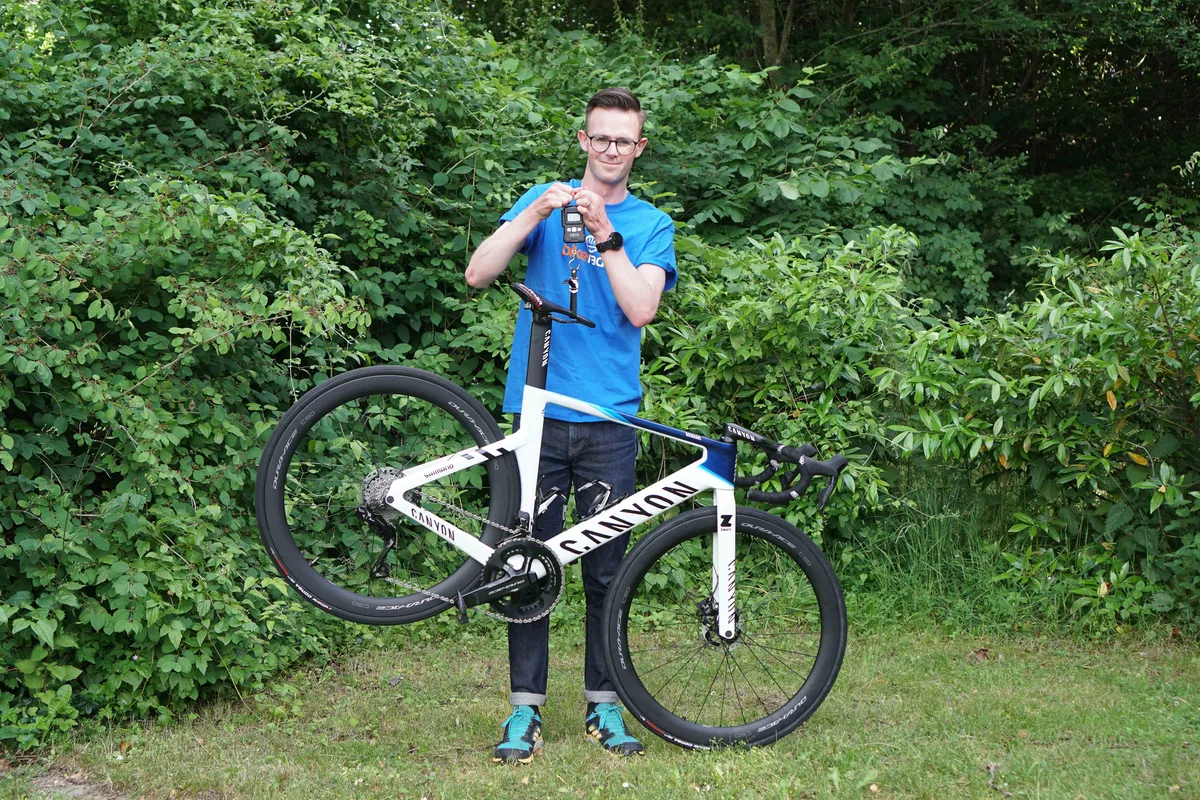
Riders on Canyon’s two sponsored teams at the Tour de France, Alpecin-Deceuninck and Movistar, have two road bikes to choose from: the Aeroad and Ultimate.
The latter is Canyon’s long-standing lightweight bike (with a few aero flourishes) but is in line for an update, with a new Canyon Ultimate spotted at this year’s Tour. The latest Aeroad, meanwhile, was revamped at the back-end of 2020.
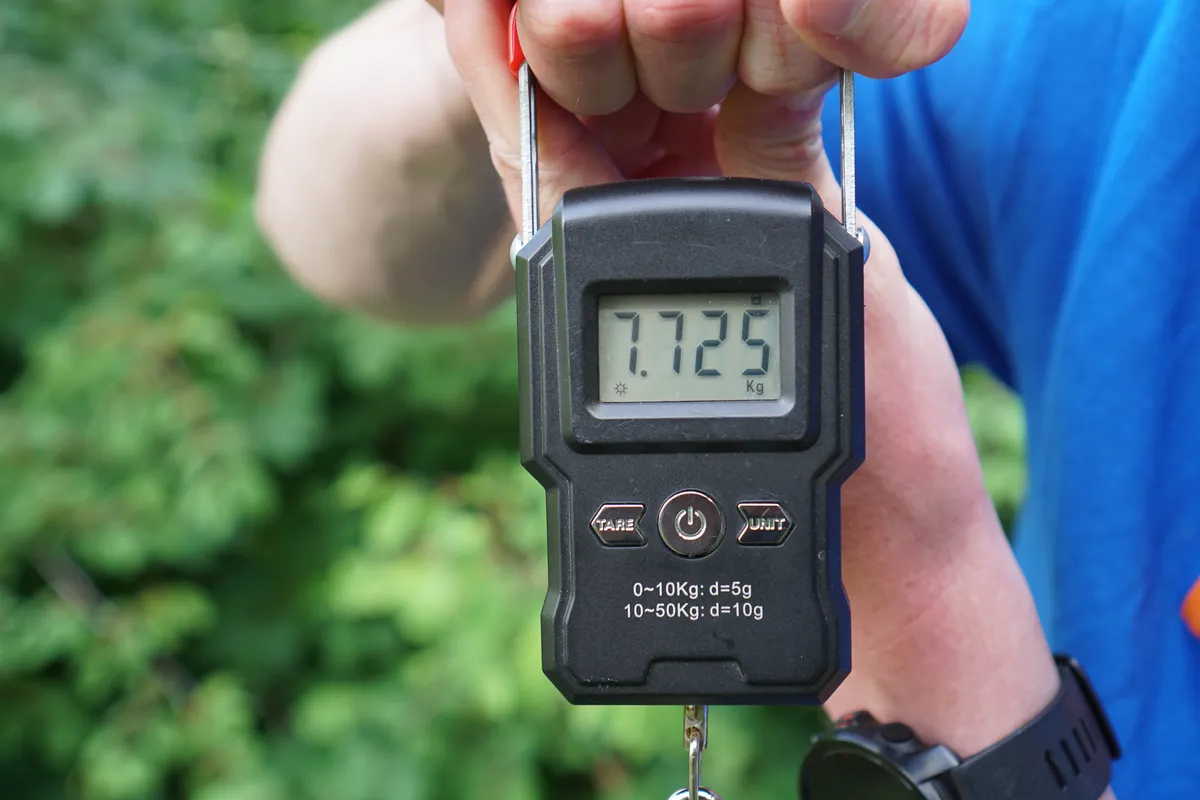
Kristian Sbaragli has been riding in support of Mathieu van der Poel, who abandoned on stage 11, and Jasper Philipsen, who claimed his first Tour de France victory on stage 15.
Sbaragli’s bike is pictured with a full suite of Dura-Ace Di2 R9200 components, including C50 wheels and power meter, for a complete weight of 7.72kg.
Mads Pedersen’s Trek Speed Concept – 8.44kg
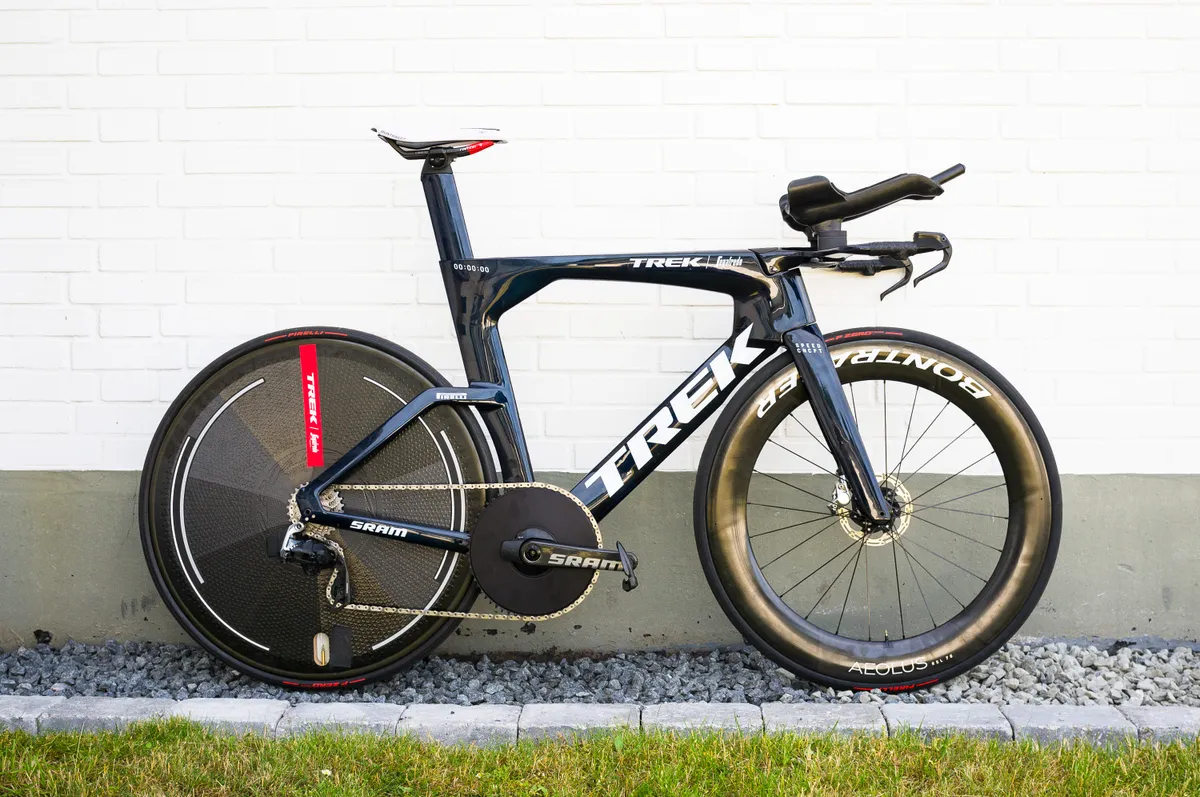
Here’s another time trial bike, former road world champion Mads Pedersen’s Trek Speed Concept.
We expected this one to be heavier but, despite the Bontrager Aeolus RSL 75 TLR front wheel and rear disc wheel from Zipp, it hits the scales at a 8.44kg – not a huge penalty over some of the road bikes here.
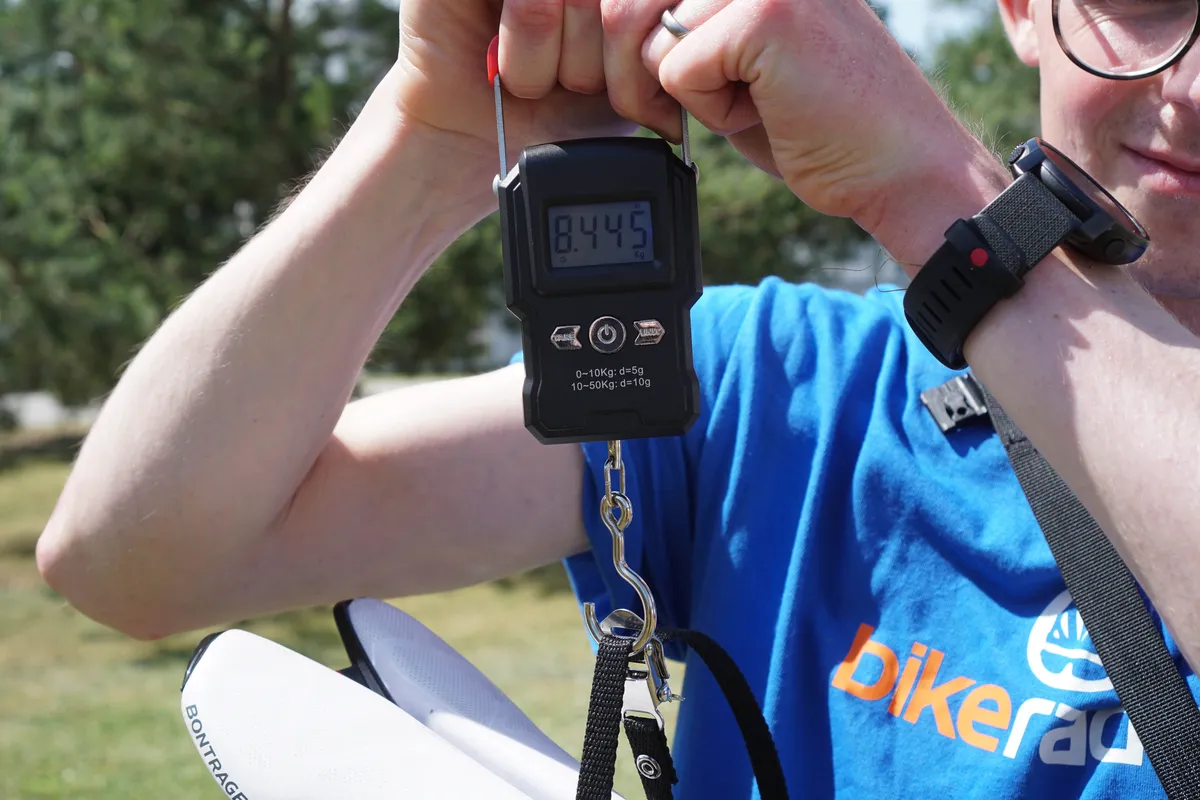
Pedersen used a 1x setup for the short opening time trial in his native Denmark, with a monster 60-tooth chainring up front to power his way to sixth on the day.
Pedersen followed up with third on stage two and a victory from the break on stage 13, before another third-place finish on stage 15.
The Speed Concept itself was redesigned in 2021, with a focus on simplicity, swapping the hinge fork design of old for a more conventional fork with a round steerer tube.
There's also heavily dropped seatstays and, taking advantage of the latest UCI rules, large 'compensation triangles' on the frame.
Luke Durbridge’s Giant Trinity – 9.44kg

Luke Durbridge’s Giant Trinity caught our eye as one of the few bikes equipped with rim brakes at the Tour de France.
While all teams are now on disc brakes across their road bikes, there are still a few outliers when it comes to TT bikes and the Giant Trinity of Team BikeExchange-Jayco is one of them.
There are some smart – and up-to-date – touches here, though, including the 3D-printed titanium extensions from Sync Ergonomics, which also feature really neat finger grips at the end.
Like most Shimano-equipped teams at the Tour, Durbridge’s bike was equipped with the old, 11-speed Dura-Ace Di2 R9100 groupset in Copenhagen, with a 56t outer chainring.
While almost every team is running the new 12-speed components on road bikes, limited availability means its still 11-speed for TTs.
Elsewhere, there’s a four-spoke wheel from Cadex at the front and a Cadex disc wheel at the back. Both of the rim brakes are integrated, with the front brake hidden behind the fork and the rear a bit of a throwback, being mounted under the bottom bracket.
This is the heaviest bike we weighed at 9.44kg, but that’s not a huge surprise for a time trial machine with a disc/four-spoke wheel combination, and what’s sure to be a large frame size for the 6ft 1in Durbridge, who left the Tour ahead of stage ten having tested positive for Covid-19.
